Remarkable treasures from the British Museum's collection on display in Canberra
CANBERRA.- A rare 2000 year old bronze sculptural head of the Roman emperor Augustus is one of the unique treasures in the British Museum’s A History of the World in 100 Objects exhibition, which is on view at the National Museum of Australia in Canberra.
In its only east coast venue, A History of the World in 100 Objects uses items from around the globe to explore the last two million years of human history, sourcing the oldest objects from the British Museum’s collection and incorporating those from the present day.
From stone to gold, clay to plastic, the exhibition traces human experience through objects people have made, including a 1.6 metre tall Assyrian relief, the famous Assyrian clay Flood Tablet (from modern Iraq) inscribed with the story of a great flood and an Ark and a small, but exquisite, gold llama from Peru.
‘These rare objects from around the world challenge our notions of human history and throw new light on how we shaped the world in which we live – and how we continue to shape it,’ said National Museum director, Dr Mathew Trinca.
The Assyrian clay Flood Tablet, 700–600 BCE, Kouyunjik (Nineveh), Iraq. © The Trustees of the British Museum
Inca llama made of gold, 1400-1550 CE, Peru. © The Trustees of the British Museum
‘I urge Australians to take advantage of a unique opportunity to see these objects and to explore the stories behind them,’ said Dr Trinca.
‘For me, the most fascinating aspect of this exhibition is its unusual approach to history, using objects rather than texts. By looking closely at the things people made and used, we gain access to those parts of our shared past that were never recorded in literature, as well as cultures that never developed the need for writing,’ said Dr Belinda Crerar, curator of A History of the World in 100 Objects.
A History of the World in 100 Objects takes visitors on a journey through time and place.
An African stone-chopping tool that is one of the first known human made implements, the endearing Lewis Chessmen (which found fresh fame following their inclusion in the 2001 film adaptation of Harry Potter and the Philosopher’s Stone), a Basket from western Arnhem Land, Albrecht Dürer’s celebrated print The Rhinoceros, gold coins of Croesus and an elegant early bird-shaped stone pestle from Papua New Guinea, are among the huge range of objects on show.
The Lewis Chessmen, made from walrus ivory, found on the Isle of Lewis, probably made in Norway c. 1150–1175 CE. © The Trustees of the British Museum
Australian Basket made from pandanus fibre,1900–1939 CE, Australia. © The Trustees of the British Museum
Albrecht Dürer, Rhinoceros, woodcut, print on paper, 1515 CE, Germany. © The Trustees of the British Museum.
Gold Coin of Croesus. Gold coin, minted in Turkey, around 550 BC. © The Trustees of the British Museum.
Bird-shaped Pestle. Stone pestle, found by the Aikora River, Oro Province, Papua New Guinea, 6000–2000 BC. © The Trustees of the British Museum
More contemporary objects include the David Hockney print, ‘In the Dull Village’ showing two men in a bed, a credit card and a solar powered lamp. The exhibition is an adaptation of a 2010 BBC / British Museum radio series of the same name.
Hockney’s In the Dull Village. Etching, from England, AD 1966. © The Trustees of the British Museum.
Credit Card. Issued in the United Arab Emirates, AD 2009. © The Trustees of the British Museum.
Solar-powered Lamp and Charger. Manufactured in Shenzhen, Guandong, China, AD 2010. © The Trustees of the British Museum.
Exclusive to the Australian tour is the bronze Head of Augustus from Meroë, which is one of the most important surviving portraits of Rome’s first emperor.
Head of Augustus, bronze, glass, calcite, 27-25 BCE, Meroe, Sudan. © The Trustees of the British Museum
The National Museum chose to include a 101st object representing a globally recognised Australian innovation. The CSIRO WLAN Test Bed (the precursor to modern Wi Fi) is the exhibition’s 101st object.
A History of the World in 100 Objects on show in Canberra through 29 January 2017.
Olduvai Stone Chopping Tool. Tool found in Olduvai Gorge, Tanzania, 1.8–2 million years old. © The Trustees of the British Museum
Olduvai handaxe, Phonolite, 1.2–1.4 million years old, found in Olduvai Gorge, Tanzania. © The Trustees of the British Museum.
Swimming Reindeer. Sculpture carved from mammoth tusk, found in Montastruc, France, 11000 BC. © The Trustees of the British Museum.
Clovis Spear Point. Stone spearhead, found in Arizona, USA, 11000 BC. © The Trustees of the British Museum.
Ain Sakhri Lovers Figurine. Stone sculpture, found at Wadi Khareitoun, Judea, near Bethlehem, 9000 BC. © The Trustees of the British Museum.
Jomon Pot. Clay vessel, found in Japan, 5000 BC. © The Trustees of the British Museum.
Egyptian Clay Model of Cattle. Painted model, found at Abydos (near Luxor), Egypt, 3500 BC. © The Trustees of the British Museum.
Early Writing Tablet. Clay tablet, found in southern Iraq, 3100–3000 BC. © The Trustees of the British Museum.
King Den’s Sandal Label. Hippopotamus ivory label, found at Abydos (near Luxor), Egypt, around 2985 BC. © The Trustees of the British Museum.
Standard of Ur. Wooden box inlaid with mosaic, found at the royal cemetery of Ur, southern Iraq, 2600–2400 BC. © The Trustees of the British Museum.
Indus Seal. Stone stamp, from Harappa, the Indus Valley (Punjab) Pakistan, 2500–2000 BC. © The Trustees of the British Museum.
Jade Axe. Jade axe, found near Canterbury, England,4000–2000 BC. © The Trustees of the British Museum.
Rhind Mathematical Papyrus. Papyrus found at Thebes (near Luxor), Egypt, arounnd 1550 BC. © The Trustees of the British Museum.
Minoan Bull-leaper. Bronze statue of bull and acrobat, found in Crete, Greece, 1700–1450 BC. © The Trustees of the British Museum.
Mold Gold Cape. Finely worked gold cape, found in Mold, north Wales, 1900–1600 BC. © The Trustees of the British Museum.
Statue of Ramesses II, Granite statue, found at Thebes (near Luxor), Egypt, around 1250 BC. © The Trustees of the British Museum.
Chinese Zhou Ritual Vessel. Bronze gui, found in western China, 1100–1000 BC. © The Trustees of the British Museum.
Lachish Reliefs Stone panels, found at the Palace of King Sennacharib, Nineveh (near Mosul), northern Iraq, 700–692 BC. © The Trustees of the British Museum.
Sphinx of Taharqo, Granite sphinx, found at Kawa, northern Sudan, around 680 BC. © The Trustees of the British Museum.
The Inner coffin of Shepenmehyt, painted wood, c. 600 BCE, Egypt. © The Trustees of the British Museum.
Oxus Chariot Model, old model, found near the Oxus river, on the border of Afghanistan and Tajikistan, 500–300 BC. © The Trustees of the British Museum.
Parthenon Sculpture: Centaur and Lapith. Marble relief, from the Parthenon, Athens, Greece, around 440 BC. © The Trustees of the British Museum.
Basse-Yutz Flagons. Bronze flagons, found in Moselle, north-eastern France, around 450 BC. © The Trustees of the British Museum.
Olmec Mask. Greenstone, 900-400 BCE, Mexico. © The Trustees of the British Museum.
Chinese Bronze Bell. Bronze bell, found in Shanxi province, China, 500–400 BC. © The Trustees of the British Museum.
Paracas Textile. Textile fragments, from the Paracas peninsula, Peru, 300–200 BC. © The Trustees of the British Museum.
Coin with Head of Alexander. Silver coin of Alexander the Great, minted in Lampsakos (Lapseki), Turkey, minted 305–281 BC. © The Trustees of the British Museum.
Mummy of Hornedjitef, Wooden mummy case, from Thebes (near Luxor), Egypt, about 240 BC. © The Trustees of the British.
Pillar of Ashoka. Stone fragment of a pillar, erected in Meerut, Uttar Pradesh, India, around 238 BC. © The Trustees of the British.
Rosetta Stone. Found at el-Rashid, Egypt, 196 BC. © The Trustees of the British.
Chinese Han Lacquer Cup. Lacquer cup, found near Pyongyang, North Korea, AD 4. © The Trustees of the British.
Warren Cup.Vessel, probably found at Bittir, near Jerusalem, AD 5–15. © The Trustees of the British.
North American Otter Pipe. Stone pipe, from Mound City, Ohio, USA, 200 BC–AD 100. © The Trustees of the British.
Ceremonial Ballgame Belt. Stone belt, found in Mexico, AD 100–500. © The Trustees of the British.
The emperor turns to reject his wife. Admonitions Scroll. Painting, from China, AD 500–800. © The Trustees of the British Museum.
The Hoxne 'Empress' pepper pot. Silver pot, found in Hoxne, Suffolk, England, AD 350–400 © Trustees of the British Museum.
Seated Buddha from Gandhara. Stone statue, from Pakistan, 100–300 AD. © Trustees of the British Museum.
Gold Coins of Kumaragupta I. Gold coins, from India, minted AD 415–450. © Trustees of the British Museum.
Plate showing Shapur II, Silver plate, from Iran, AD 309–379. © Trustees of the British Museum.
Hinton St Mary Mosaic. Roman mosaic, from Hinton St Mary, Dorset, England, AD 300–400. © Trustees of the British Museum.
Arabian Hand, bronze, 100-300 CE, Yemen. © The Trustees of the British Museum.
Statue of Mithras, marble, 100–200 CE, Rome, Italy. © The Trustees of the British Museum.
Bust of Sophocles Marble, 220-160 CE, Italy. © The Trustees of the British Museum.
Gold Coins of Abd al-Malik. Gold coins, minted in Damascus, Syria, minted AD 696–697. © The Trustees of the British Museum.
Sutton Hoo Helmet, Anglo-Saxon helmet, found at Sutton Hoo, Suffolk, England, 600–650 AD. © The Trustees of the British Museum.
Moche Warrior Pot. Clay pot, from Peru, AD 100–700. © The Trustees of the British Museum.
Korean Roof Tile. Ceramic tile, from South Korea, 700–800 AD. © The Trustees of the British Museum.
Silk Princess Painting. Silk painting, from Xinjiang province, China, 600–800 AD. © The Trustees of the British Museum.
Maya Relief of Royal Blood-lettin.; Stone relief, from,Yaxchilan (Chiapas), Mexico, 700–750 AD. © The Trustees of the British Museum.
Maya Maize God Statue. Stone statue, found in Copán, Honduras, AD 715. © The Trustees of the British Museum.
Harem Wall-painting Fragments. Fragments of wall-painting, from Samarra, Iraq, 800–900 AD. © The Trustees of the British Museum.
Lothair Crystal. Rock crystal depicting Susanna and the Elders, probably made in Germany, AD 855–869. © The Trustees of the British Museum.
Statue of Tara. Bronze statue, from Sri Lanka, AD 700–900. © The Trustees of the British Museum.
The two judges of the Chinese Underworld. Chinese Tang Tomb Figures. Ceramic sculptures, from Henan Province, China, around AD 728. © The Trustees of the British Museum.
Borobudur Buddha Head. Stone head of the Buddha, from Java, Indonesia, AD 780–840. © The Trustees of the British Museum.
Vale of York Hoard. Viking objects, found near Harrogate, England, buried around AD 927. © The Trustees of the British Museum.
Hedwig Beaker. Glass, probably made in Syria, 1100–1200 AD. © The Trustees of the British Museum.
Japanese Bronze Mirror. Bronze mirror, from Japan, 1100–1200 AD. © The Trustees of the British Museum.
Kilwa Pot Sherds. Ceramic fragments, found on a beach at Kilwa Kisiwani, Tanzania,AD 900–1400. © The Trustees of the British Museum.
Brass Hebrew Astrolabe, 1345–1355 CE, probably from Spain. © The Trustees of the British Museum.
Ife Head. Brass statue, from Nigeria, 1400–1500 AD. © The Trustees of the British Museum.
The David Vases. Porcelain, from Yushan county, China, AD 1351. © The Trustees of the British Museum.
Taino Ritual Seat. Wooden stool, from Santo Domingo, Dominican Republic, AD 1200–1500. © The Trustees of the British Museum.
Holy Thorn Reliquary. Reliquary made of gold, jewels and enamel, from Paris, France, AD 1350–1400. © The Trustees of the British Museum.
Icon of the Triumph of Orthodoxy. Tempera and gold leaf on a wooden panel, from Constantinople (Istanbul), Turkey, AD 1350–1400. © The Trustees of the British Museum.
Shiva and Parvati Sculpture. Stone statue, from Orissa, India, AD 1100–1300. © The Trustees of the British Museum.
Sculpture of Huastec Goddess. Stone statue, from Mexico, AD 900–1521. © The Trustees of the British Museum.
Hoa Hakananai’a Easter Island Statue. Stone statue, from Easter Island (Rapa Nui), Chile, AD 1000–1200. © The Trustees of the British Museum.
Tughra of Suleiman the Magnificent. Calligraphy, from Constantinople (Istanbul), Turkey, AD 1520–1566. © The Trustees of the British Museum.
Ming Banknote. Paper money, from China, AD 1375–1425. © The Trustees of the British Museum.
Jade Dragon Cup. Jade cup, from central Asia, AD 1417–1449. © The Trustees of the British Museum.
Mechanical Galleon. Mechanical galleon, from Augsburg, Germany, AD 1585. © The Trustees of the British Museum.
Benin Plaque: The Oba with Europeans. Brass plaque, from Benin, Nigeria, AD 1500–1600. © The Trustees of the British Museum.
Double-headed Serpent. Mosaic-decorated figurine, from Mexico, AD 1400–1600. © The Trustees of the British Museum.
Kakiemon Elephants. Porcelain figurines, from Japan, AD 1650–1700. © The Trustees of the British Museum.
Pieces of Eight. Spanish coins, minted in Potosí, Bolivia, minted AD 1573–1598. © The Trustees of the British Museum.
Shi’a Religious Parade Standard. Gilded brass parade standard, from Iran, AD 1650–1700. © The Trustees of the British Museum.
Miniature of a Mughal Prince. Painting on paper, from India, about AD 1610. © The Trustees of the British Museum.
Shadow Puppet of Bima. Shadow puppet, from Java, Indonesia, AD 1600–1800. © The Trustees of the British Museum.
Mexican Codex Map. Map painted on bark, made in Tlaxcala, Mexico, AD 1550–1600. © The Trustees of the British Museum.
Reformation Centenary Broadsheet. Woodblock print, from Leipzig, Germany, AD 1617. © The Trustees of the British Museum.
Akan Drum. Drum, made in West Africa, found in Virginia, USA, AD 1700–1750. © The Trustees of the British Museum.
Hawaiian Feather Helmet. Feather helmet, from Hawaii, USA, AD 1700–1800. © The Trustees of the British Museum.
North American Buckskin Map. Map drawn on animal hide, from midwestern USA, AD 1774–1775. © The Trustees of the British Museum.
Australian Bark Shield. Wooden shield, from Botany Bay, New South Wales, Australia, around AD 1770. © The Trustees of the British Museum.
Jade Bi. Ring of jade, from Beijing, China, around 1200 BC, with AD 1790 inscription. © The Trustees of the British Museum.
Ship’s Chronometer from HMS Beagle. Brass chronometer, from England, AD 1800–1850. © The Trustees of the British Museum.
Early Victorian Tea Set. Stoneware and silver tea set, from Staffordshire, England, AD 1840–1845. © The Trustees of the British Museum.
Hokusai’s The Great Wave. Woodblock print, from Japan, AD 1830–1833. © The Trustees of the British Museum.
Sudanese Slit Drum. Drum, from Central Africa, AD 1850–1900. © The Trustees of the British Museum.
Suffragette-defaced Penny. Edward VII penny, from England, AD 1903–1918. © The Trustees of the British Museum.
Revolutionary Plate, glazed ceramic, 1919 CE, Russia. © The Trustees of the British Museum.
Throne of Weapons. Chair made of weapon parts, from Maputo, Mozambique, AD 2001. © The Trustees of the British Museum.

/https%3A%2F%2Fprofilepics.canalblog.com%2Fprofilepics%2F1%2F0%2F100183.jpg)
/https%3A%2F%2Fstorage.canalblog.com%2F03%2F02%2F119589%2F96711876_o.jpg)
/https%3A%2F%2Fstorage.canalblog.com%2F11%2F31%2F119589%2F94773502_o.jpg)
/https%3A%2F%2Fstorage.canalblog.com%2F20%2F83%2F119589%2F94772815_o.jpg)
/https%3A%2F%2Fstorage.canalblog.com%2F26%2F72%2F119589%2F75604929_o.jpg)
/https%3A%2F%2Fstorage.canalblog.com%2F59%2F60%2F119589%2F26458628_o.jpg)
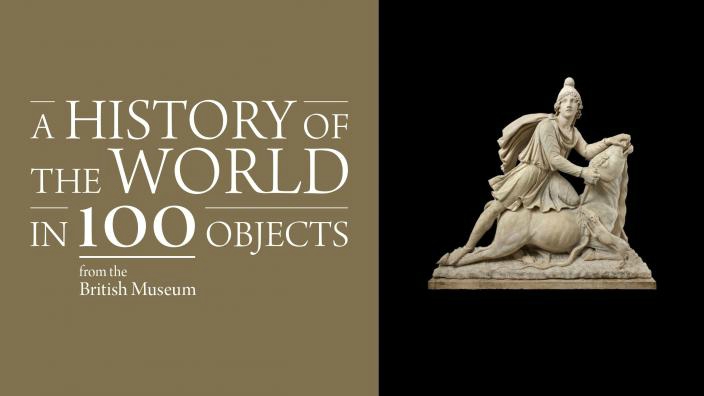
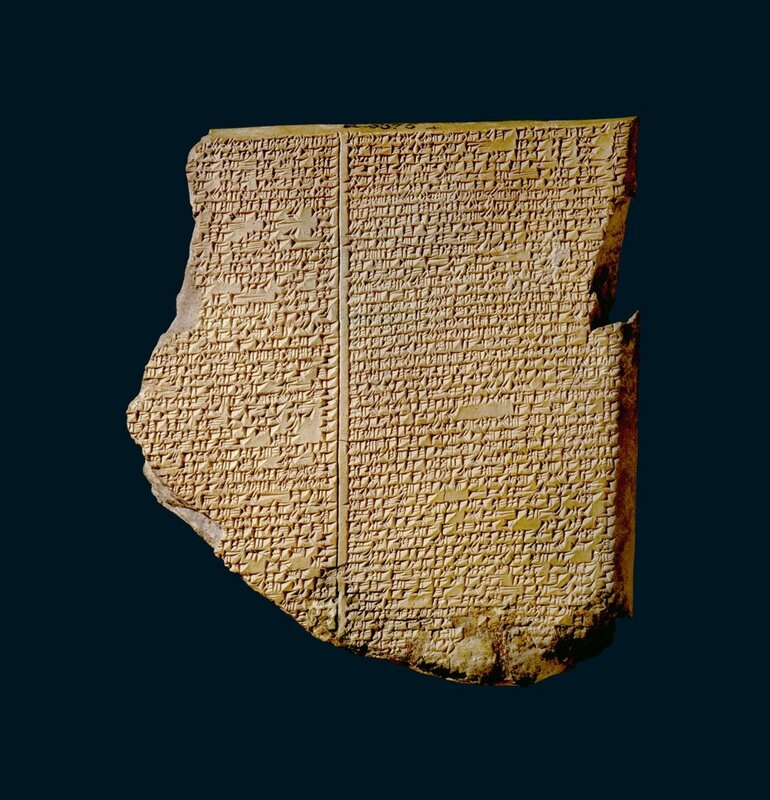

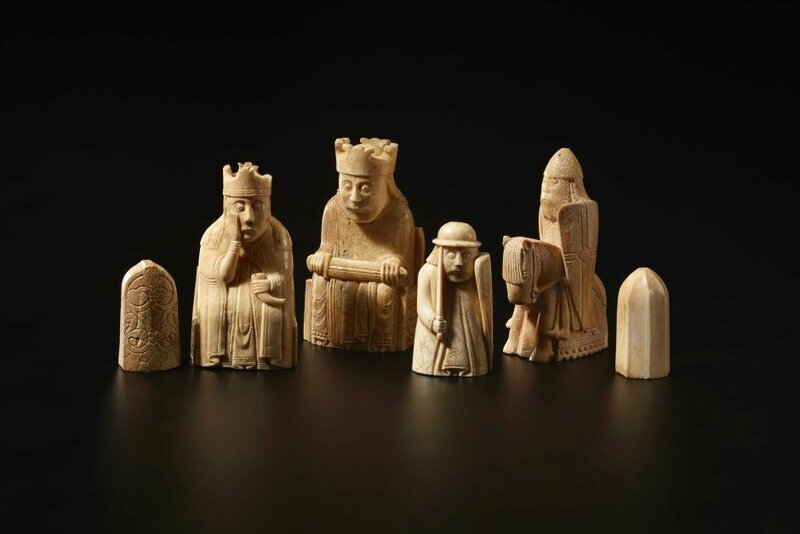
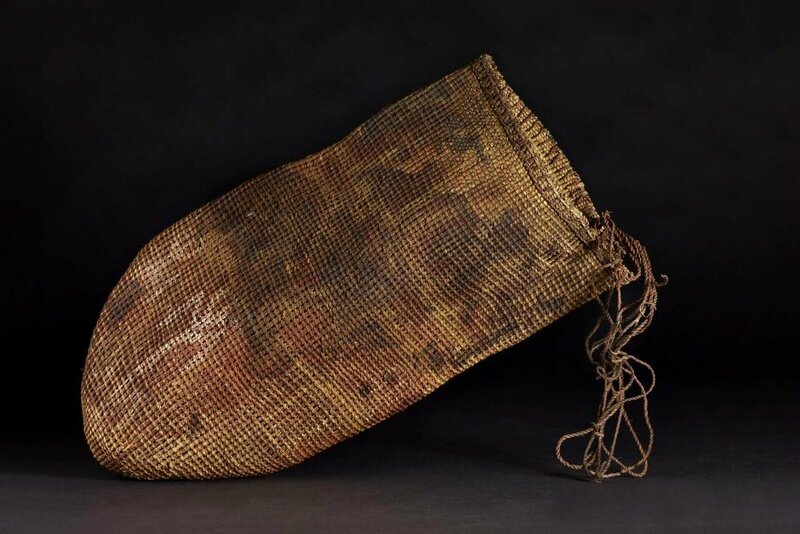

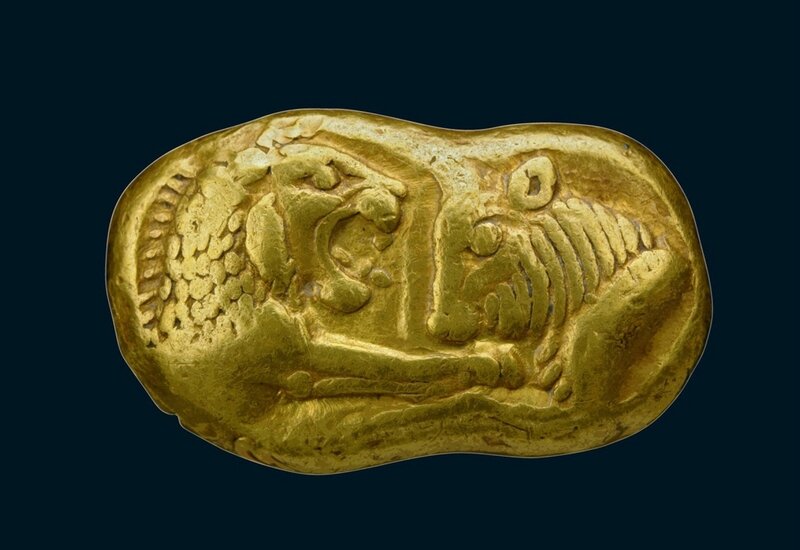
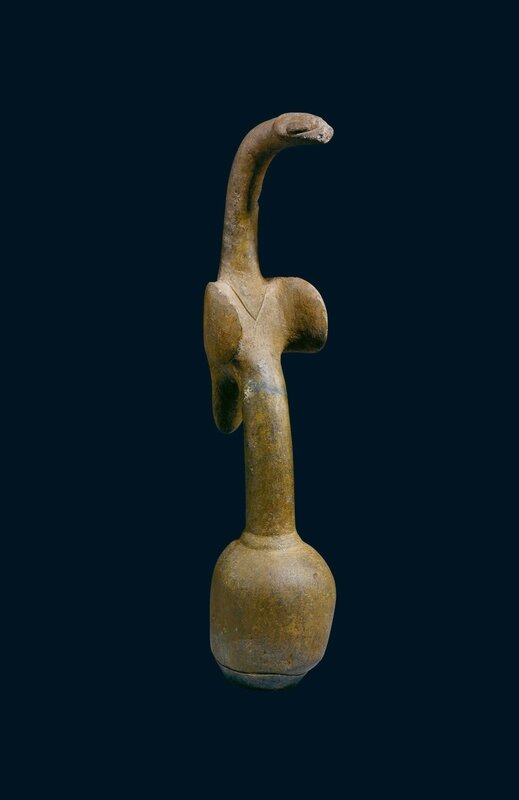
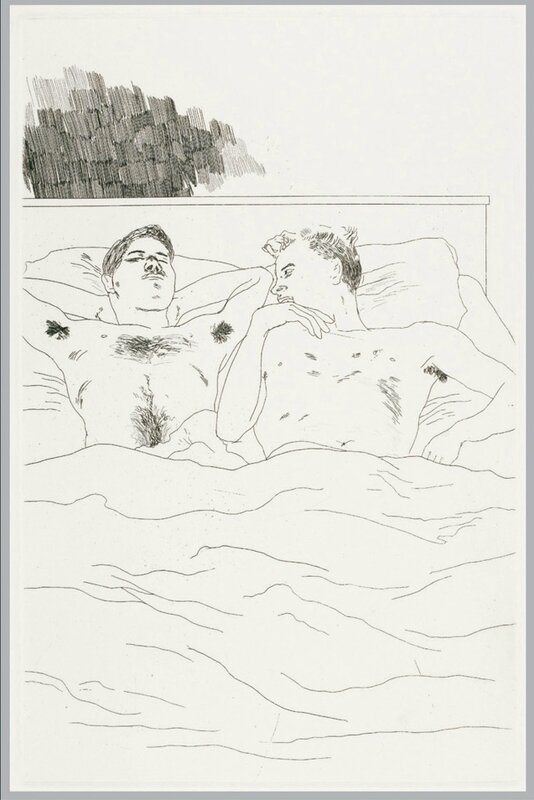
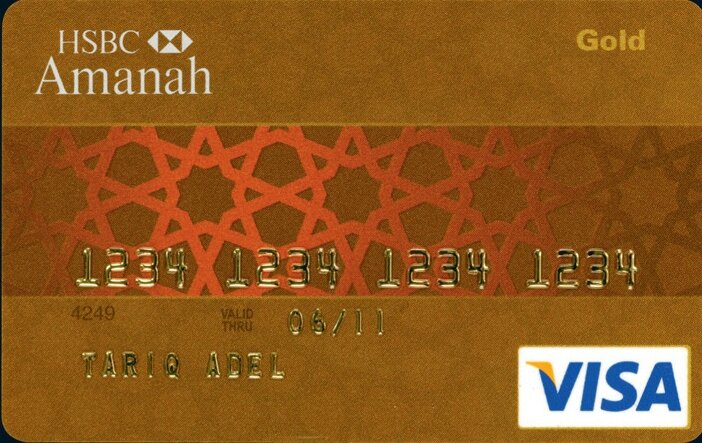
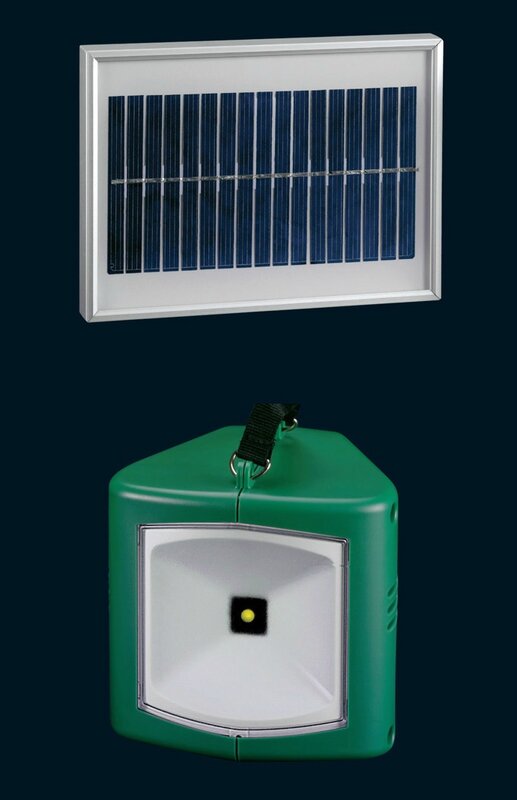

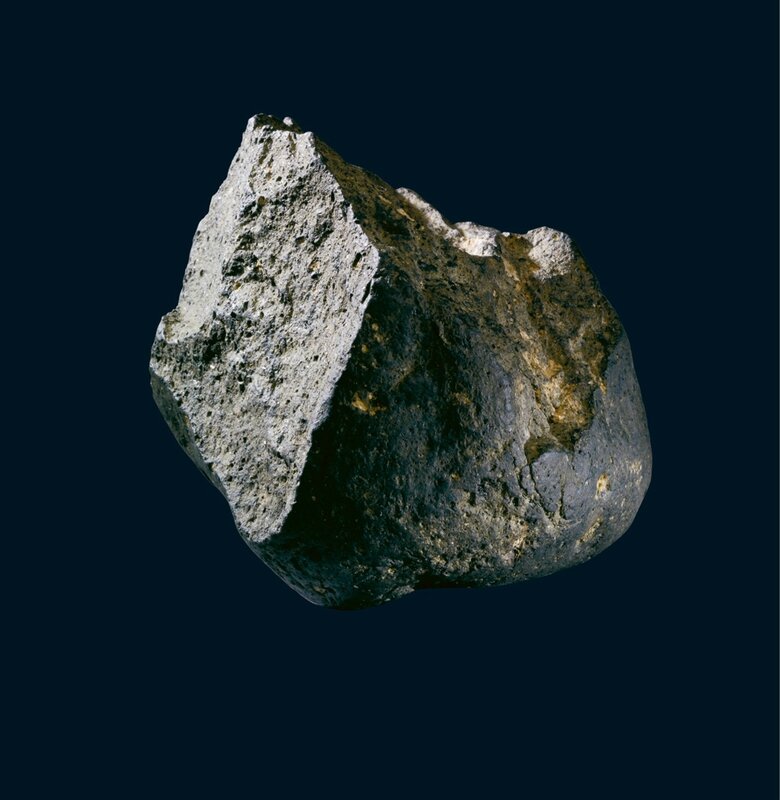

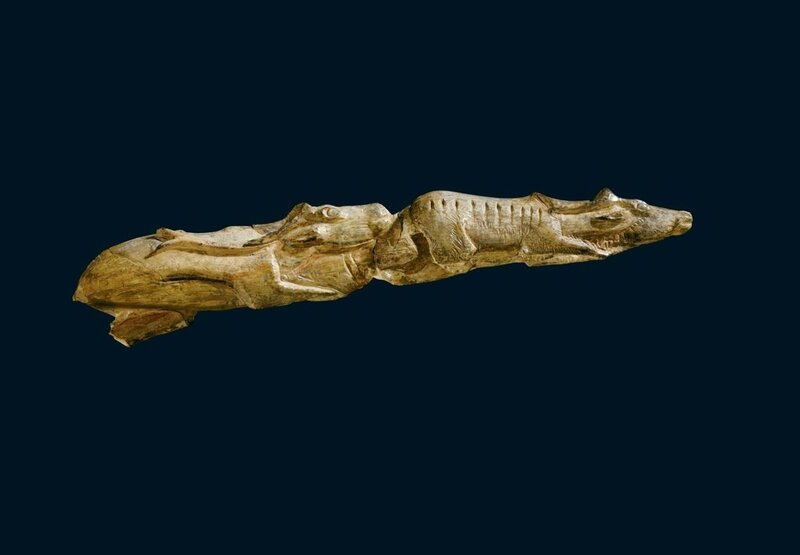
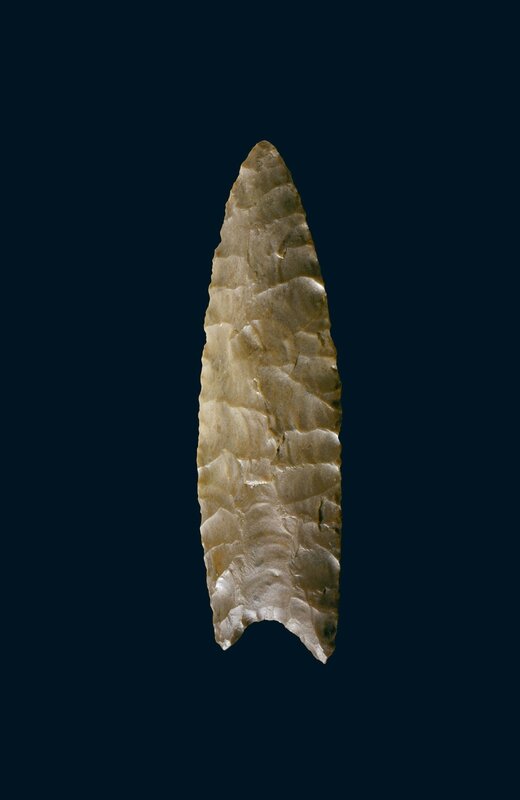
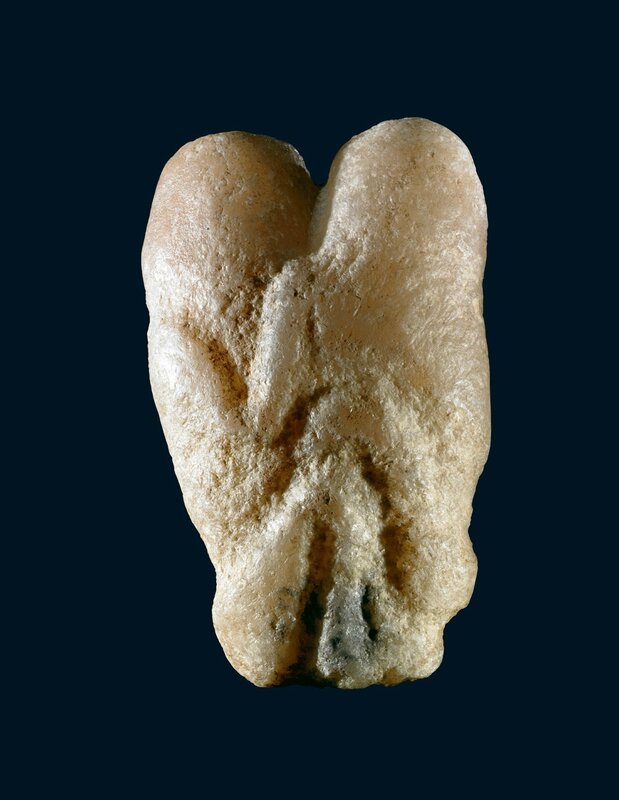
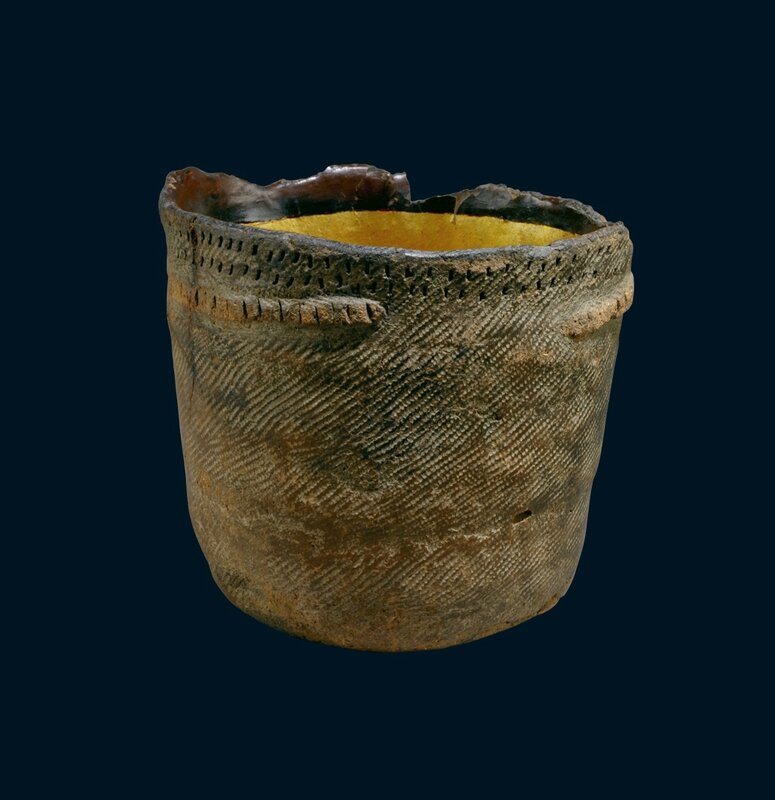

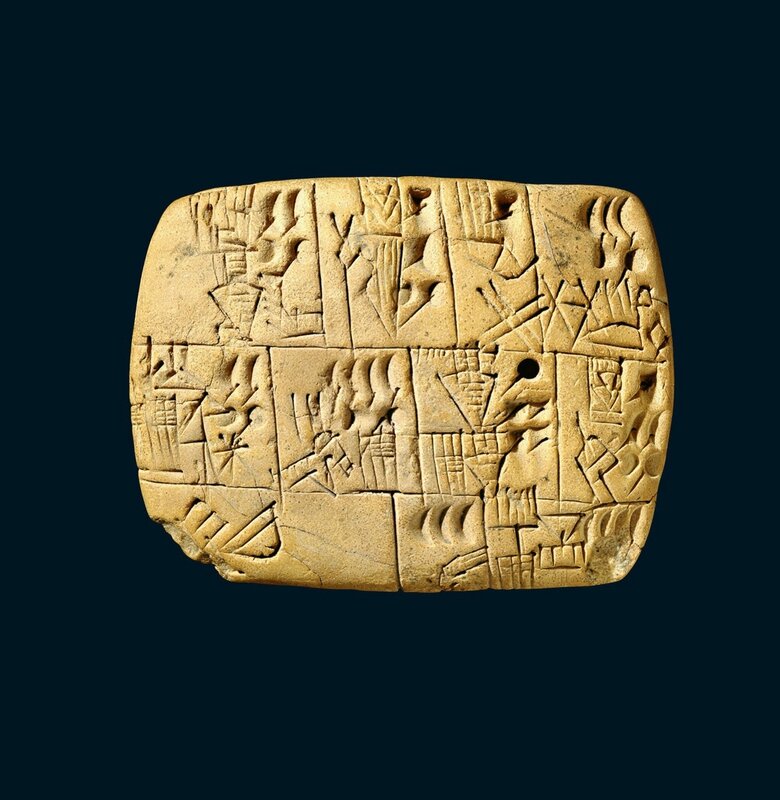
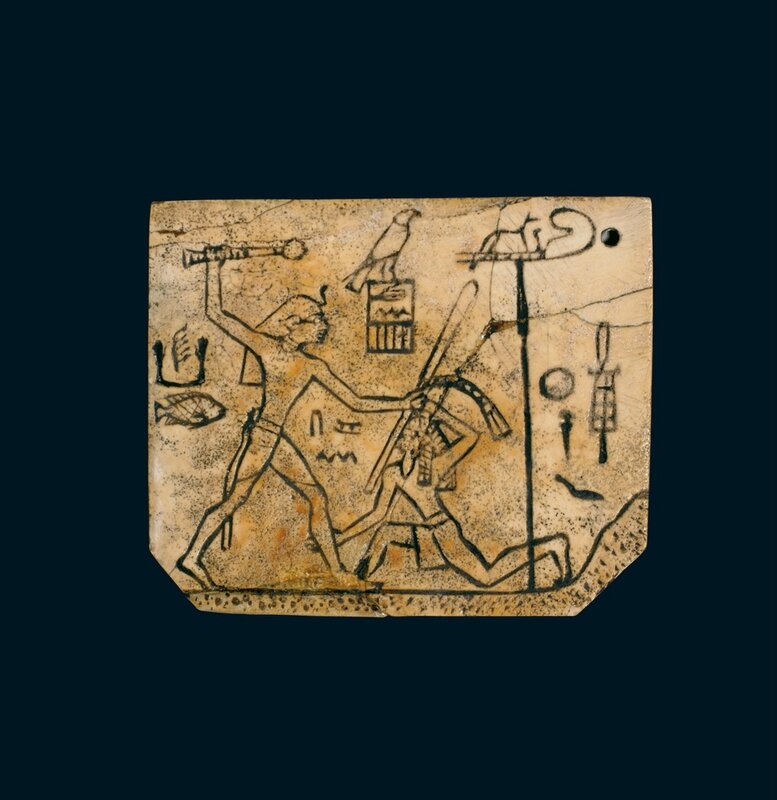
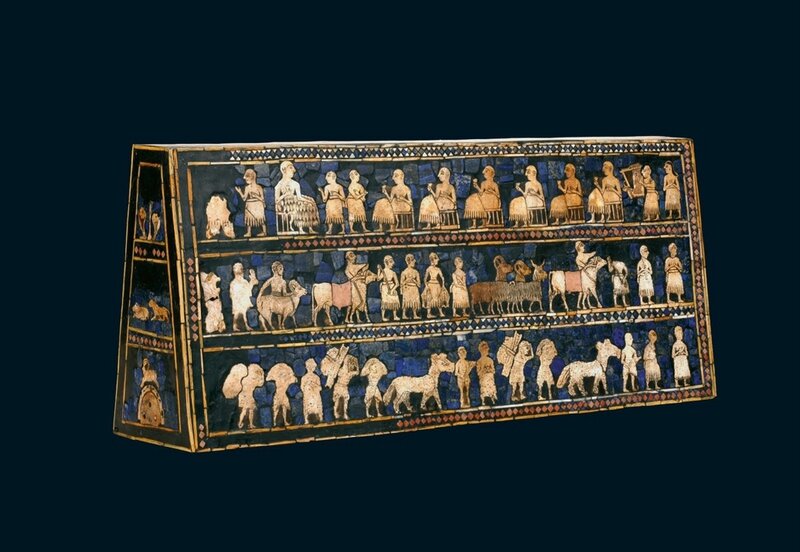
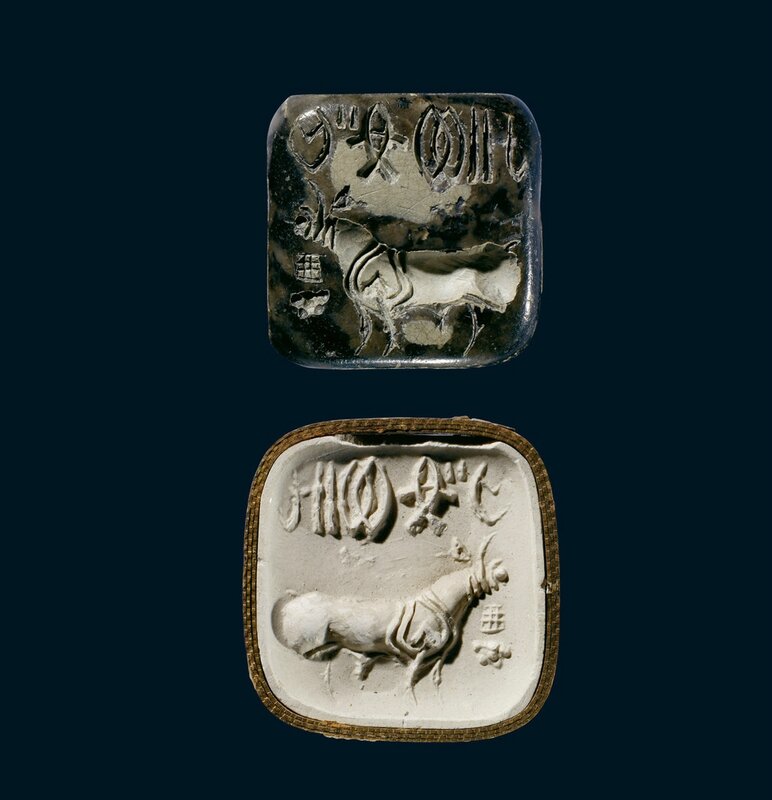


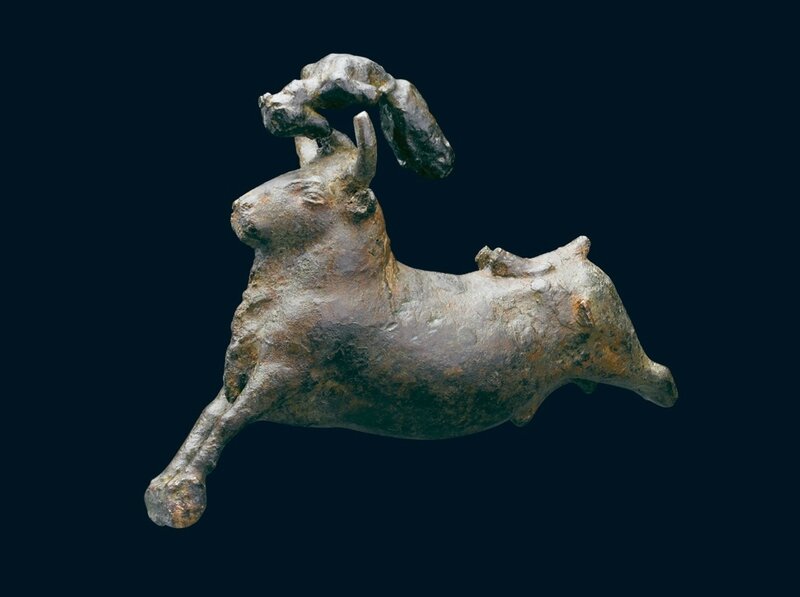
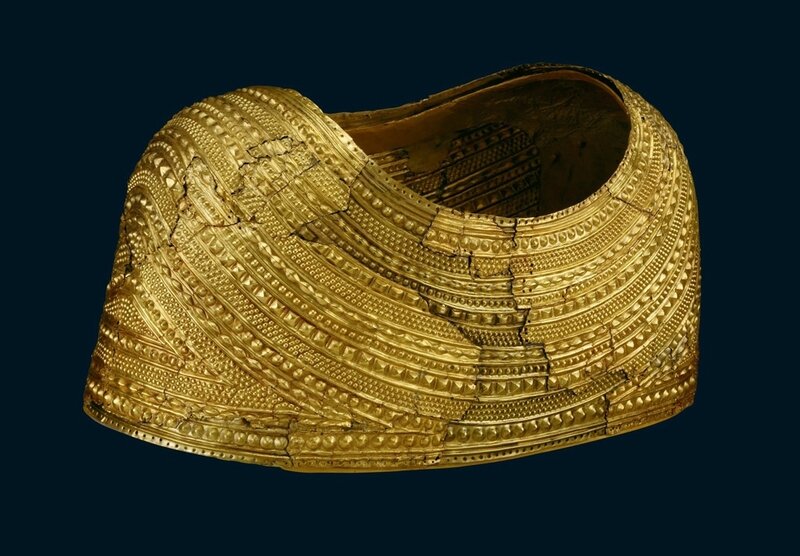


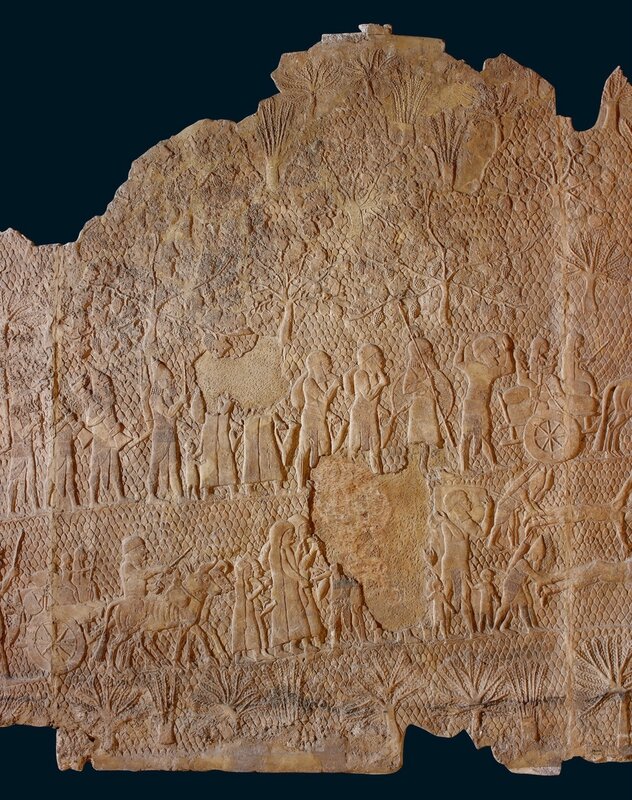

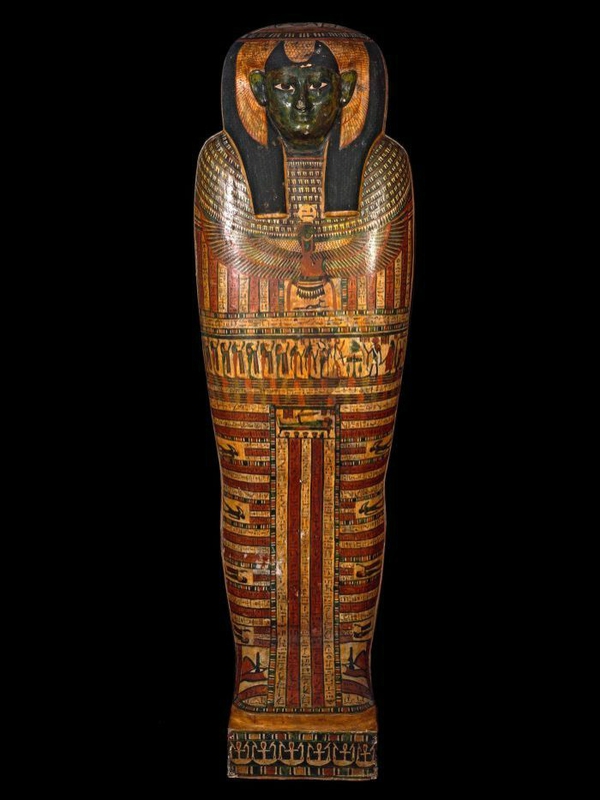
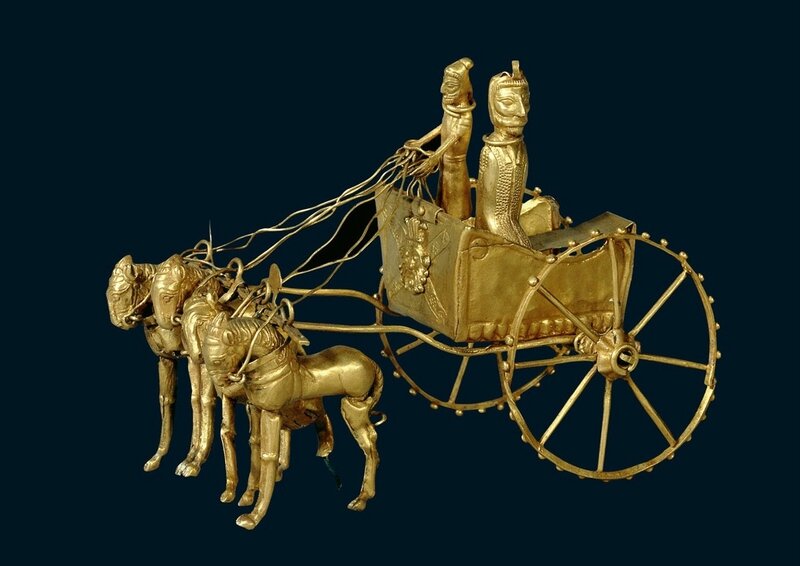
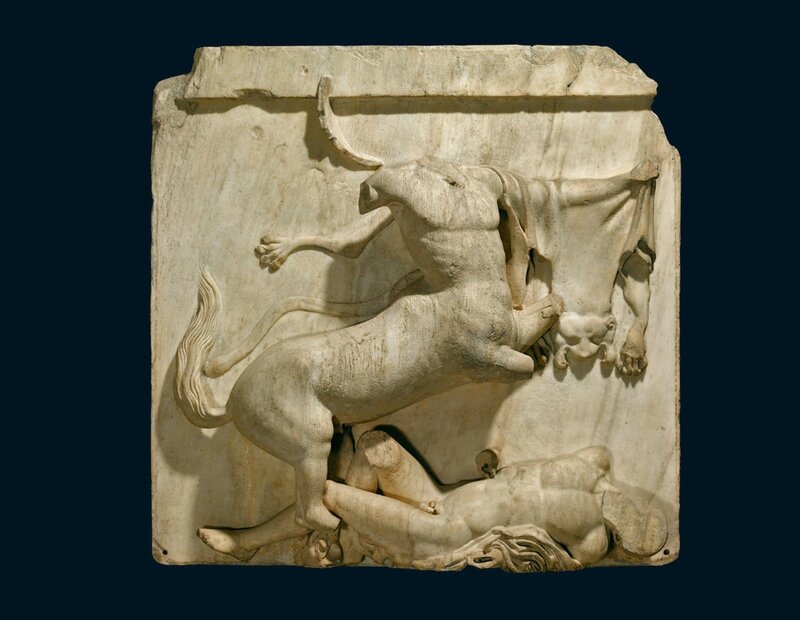
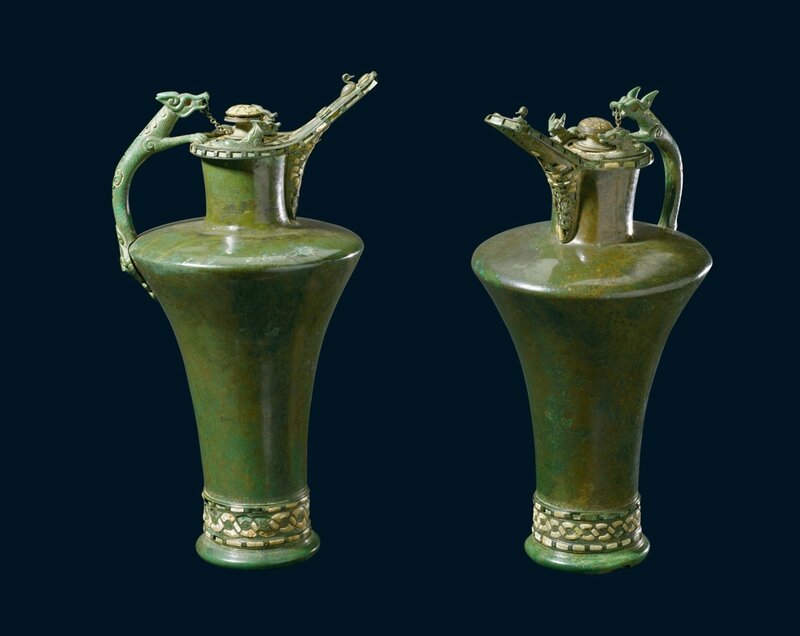
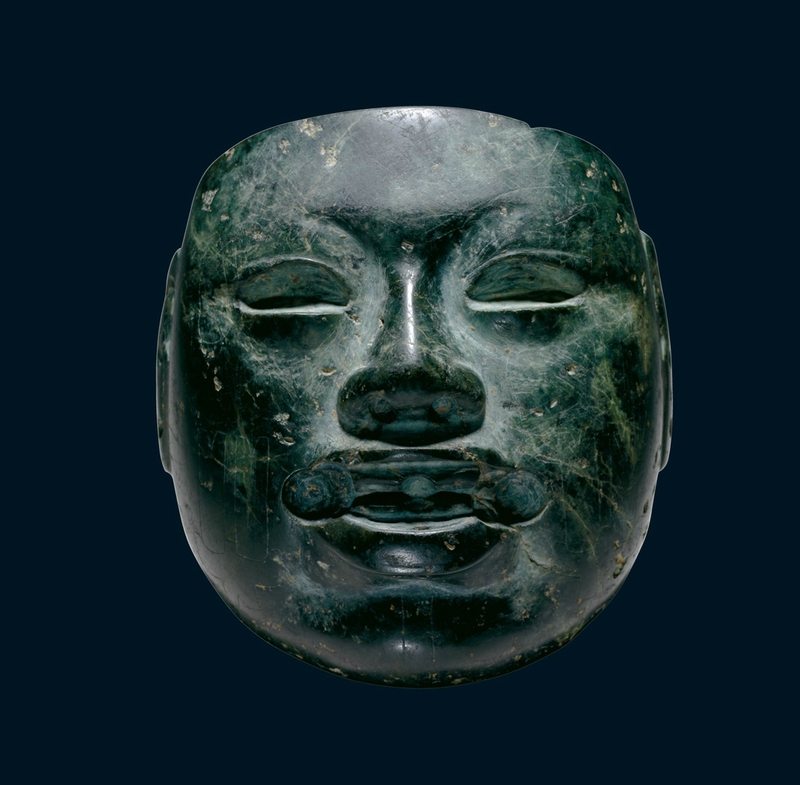

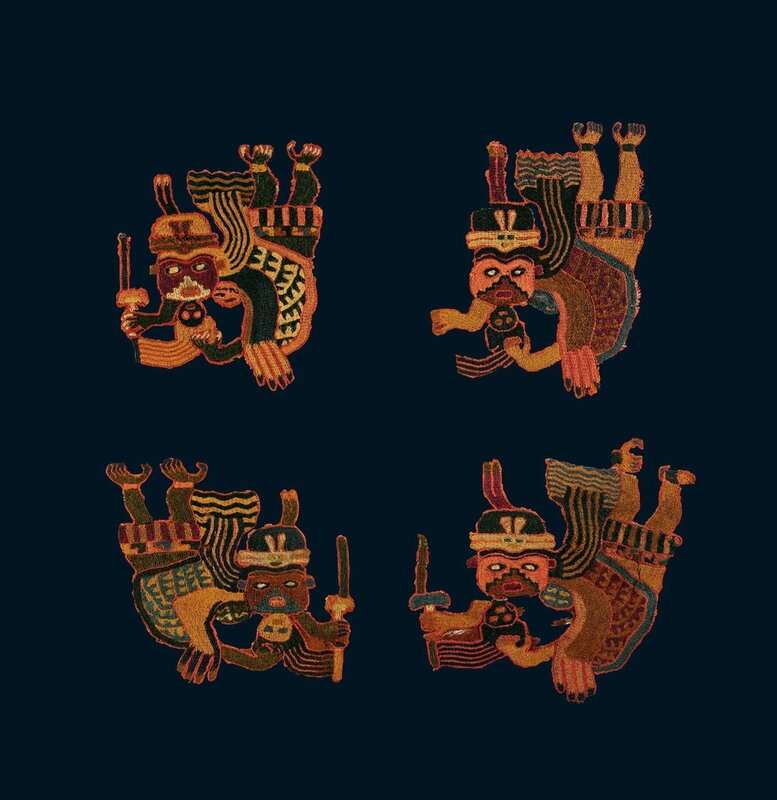

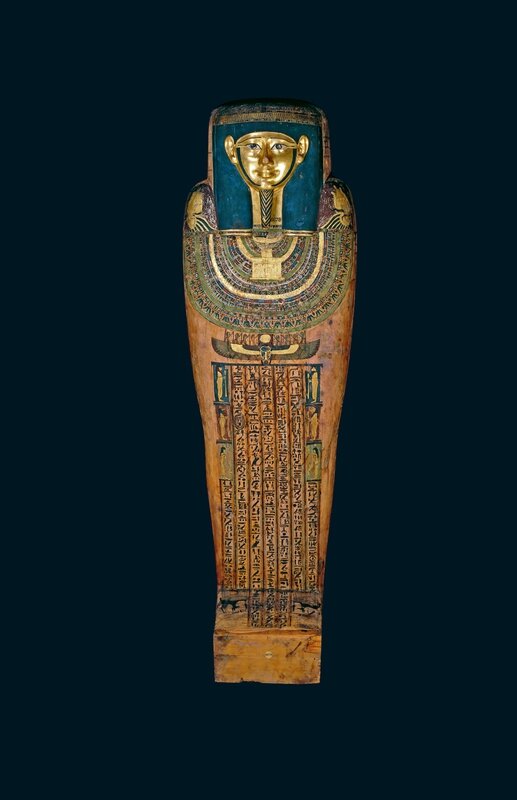
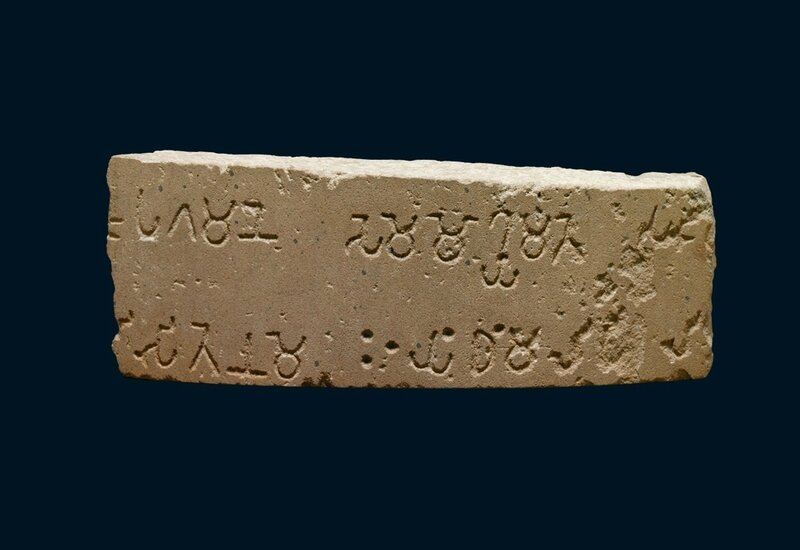
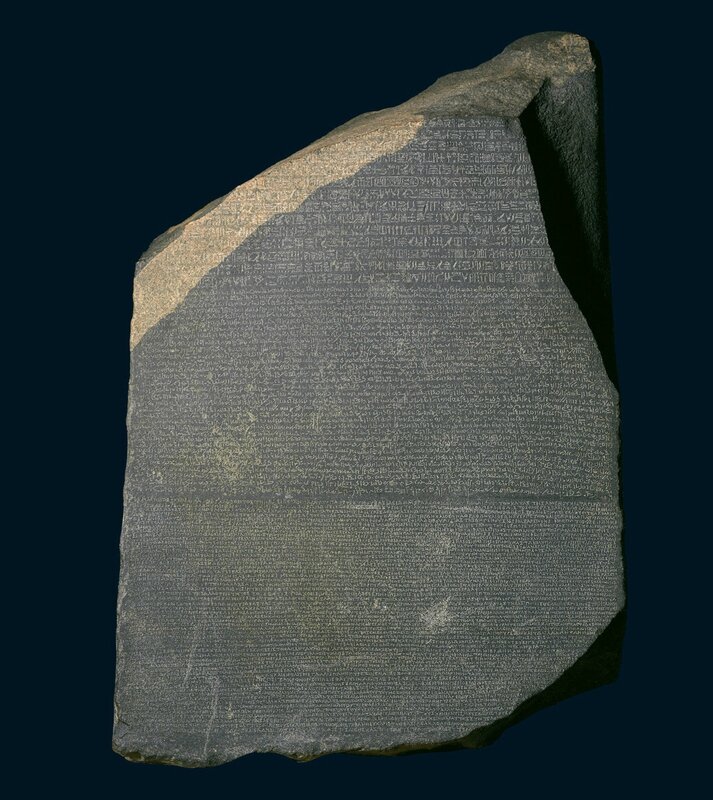

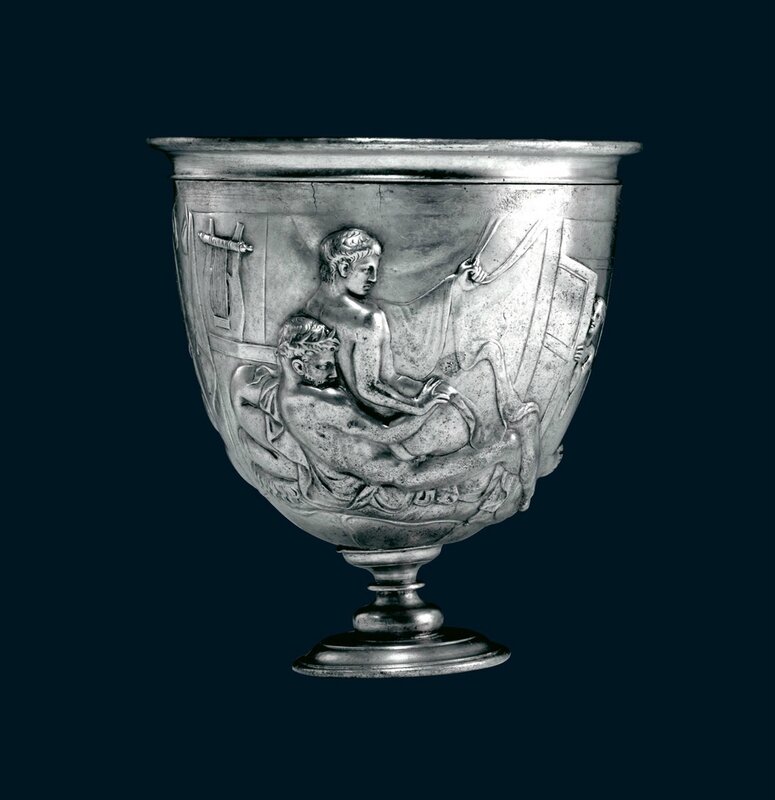
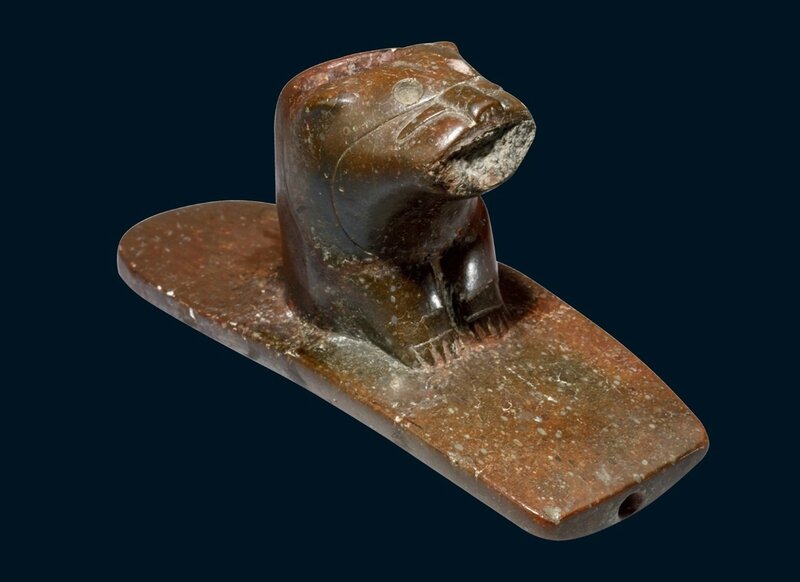

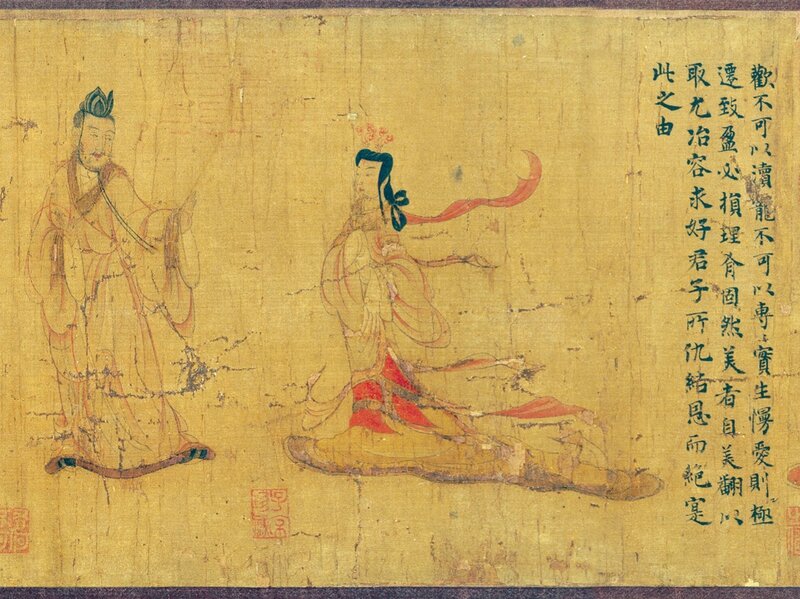


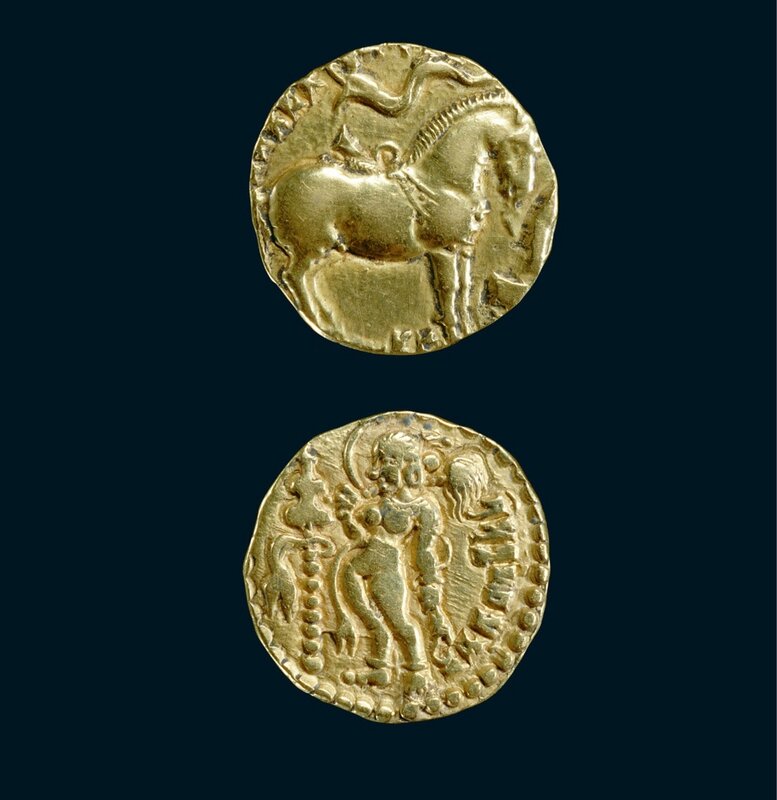
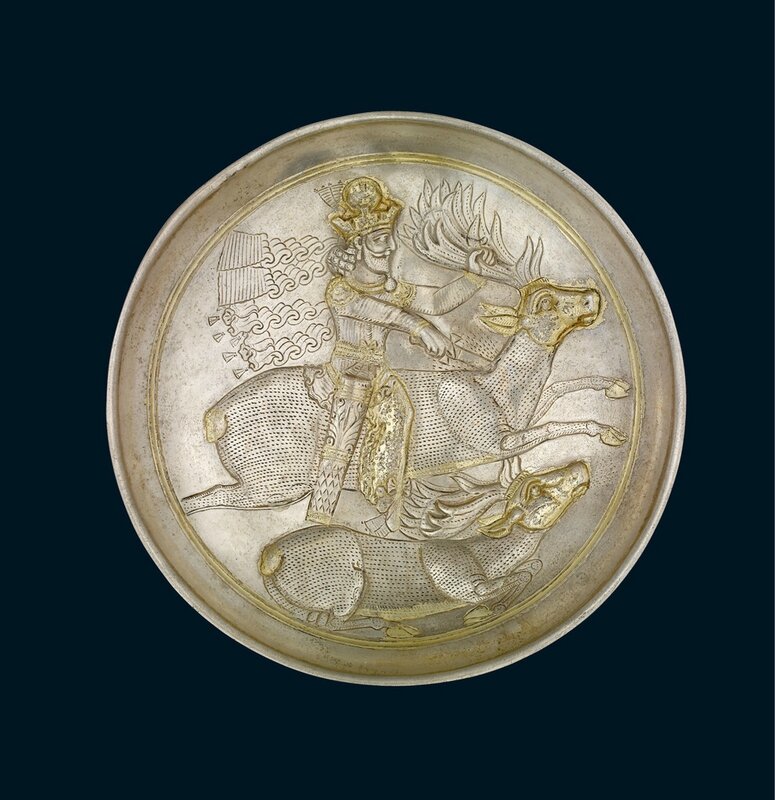
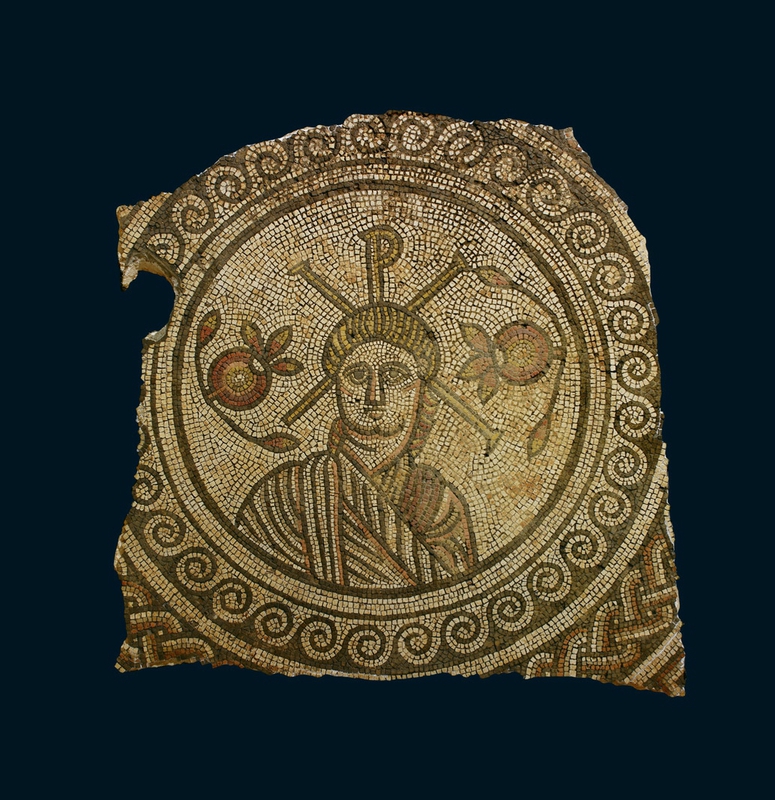
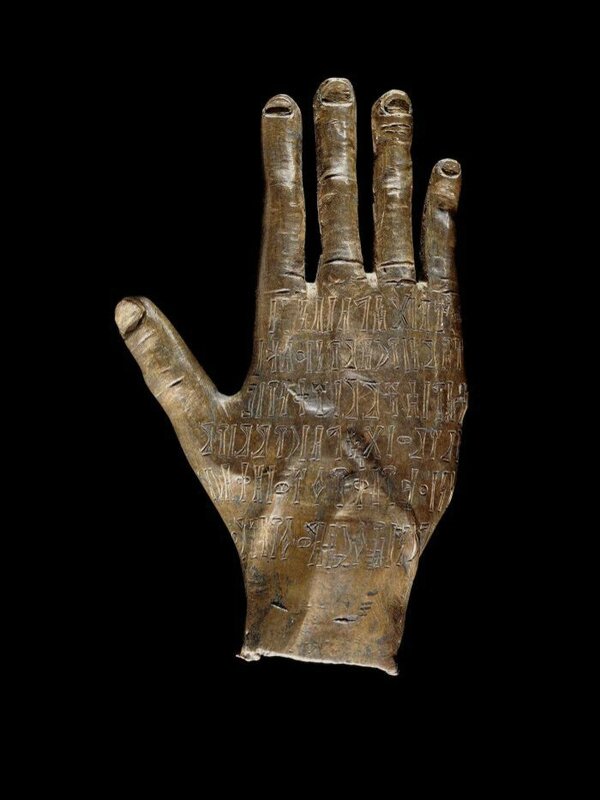
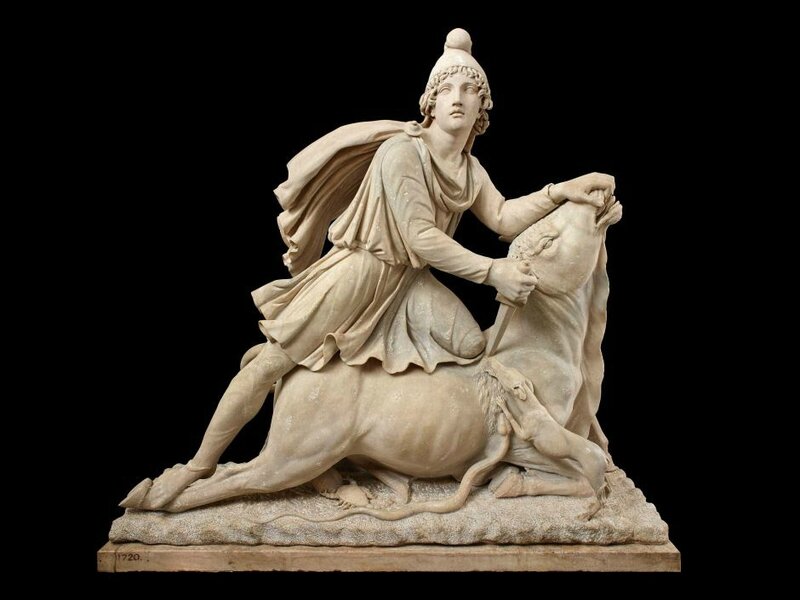

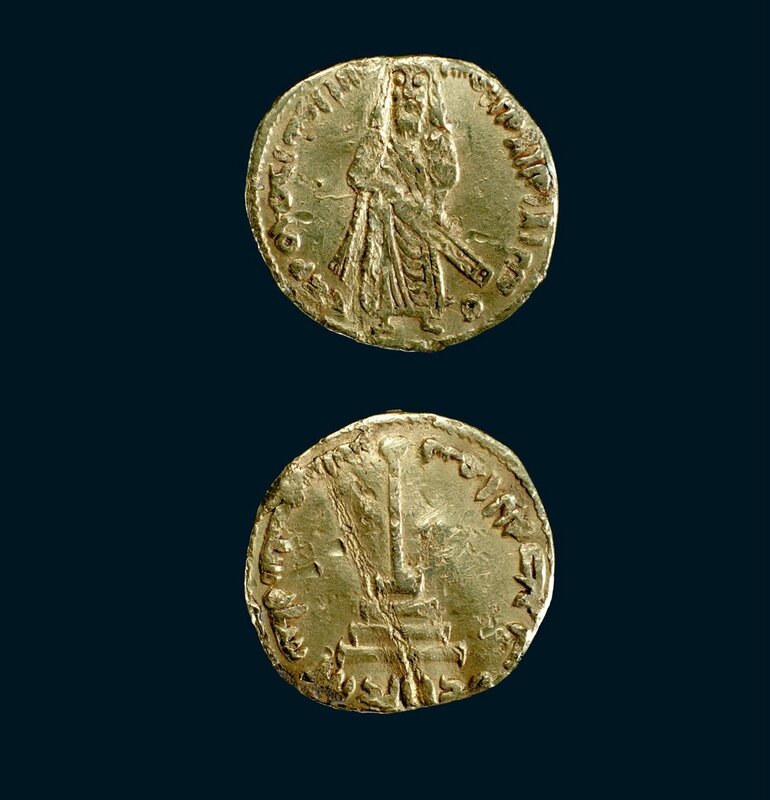
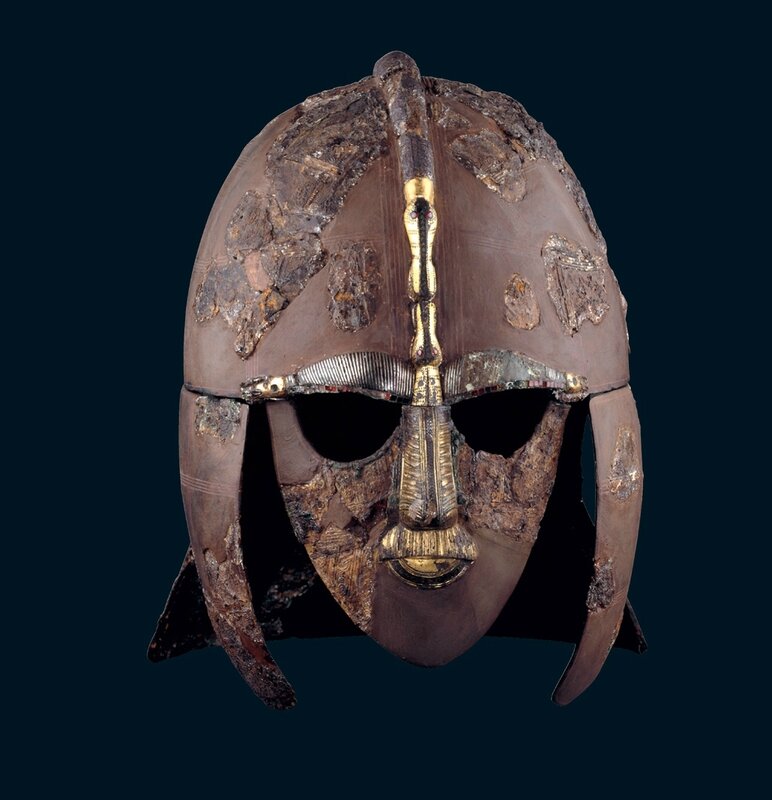
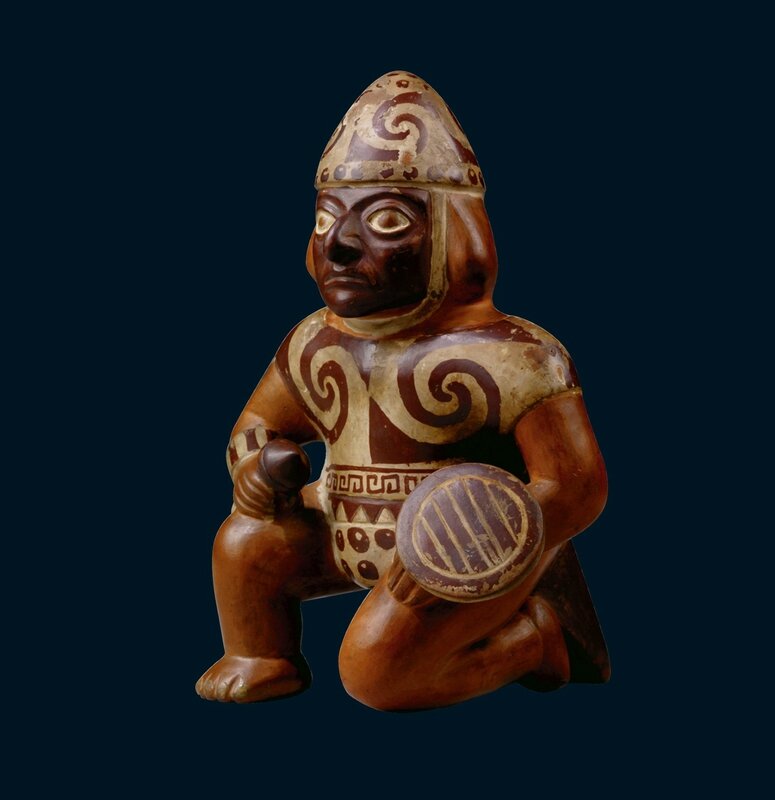
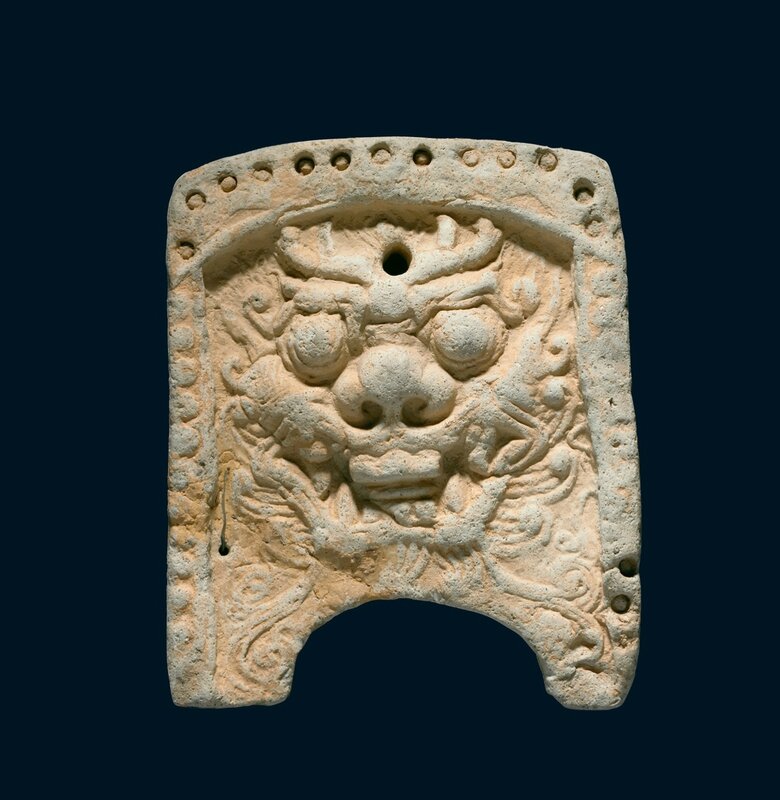
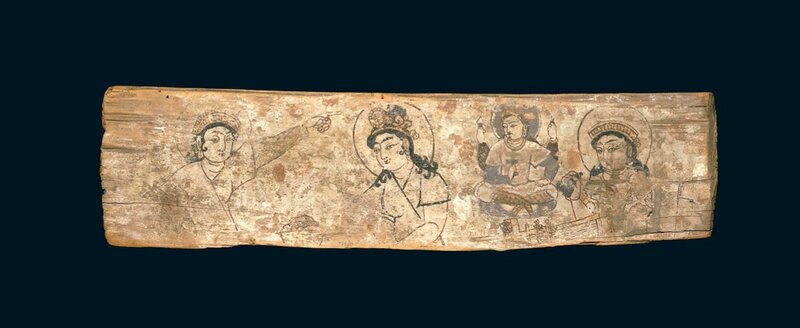


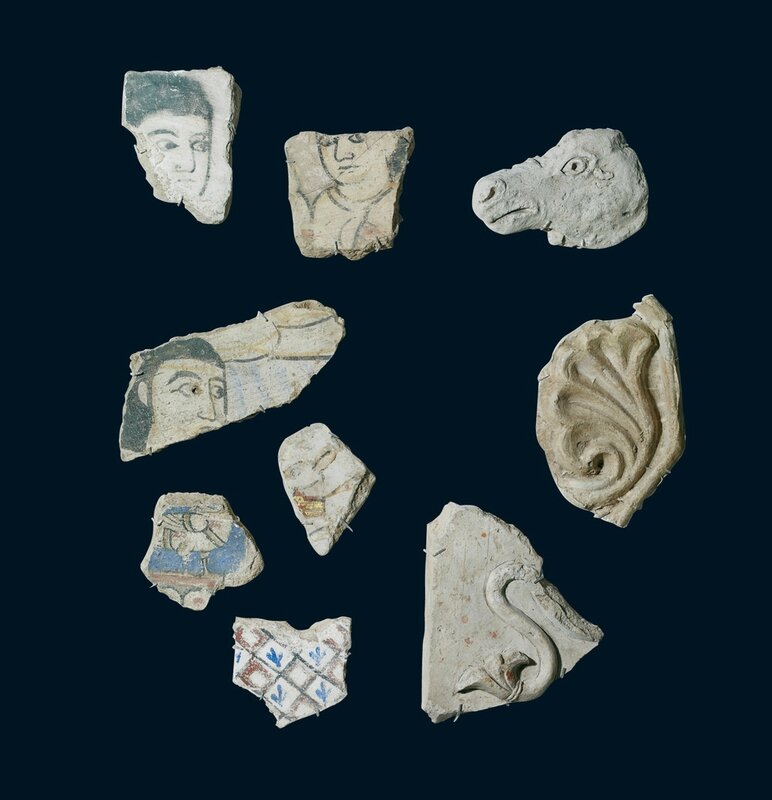
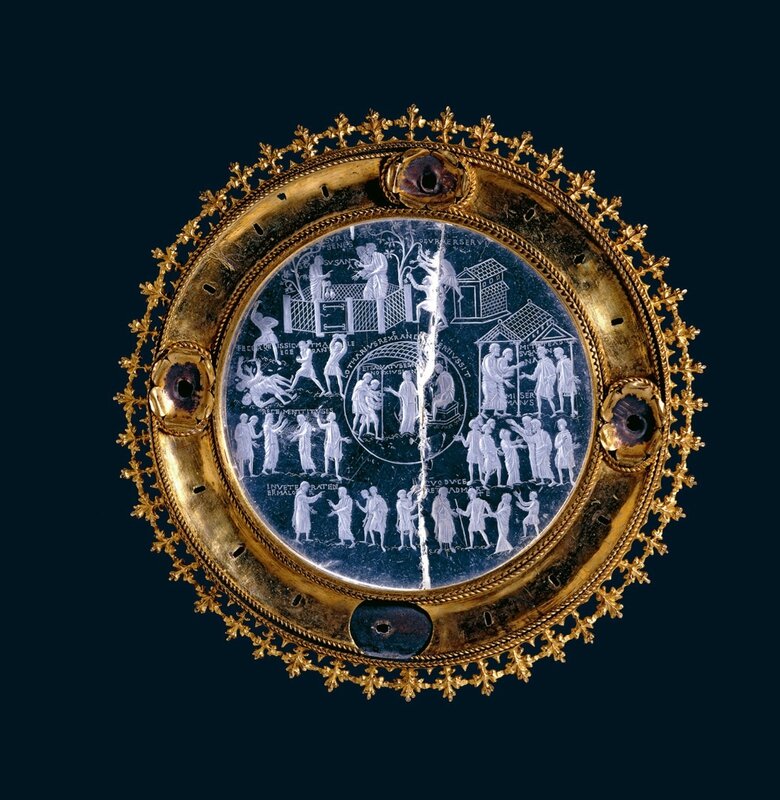
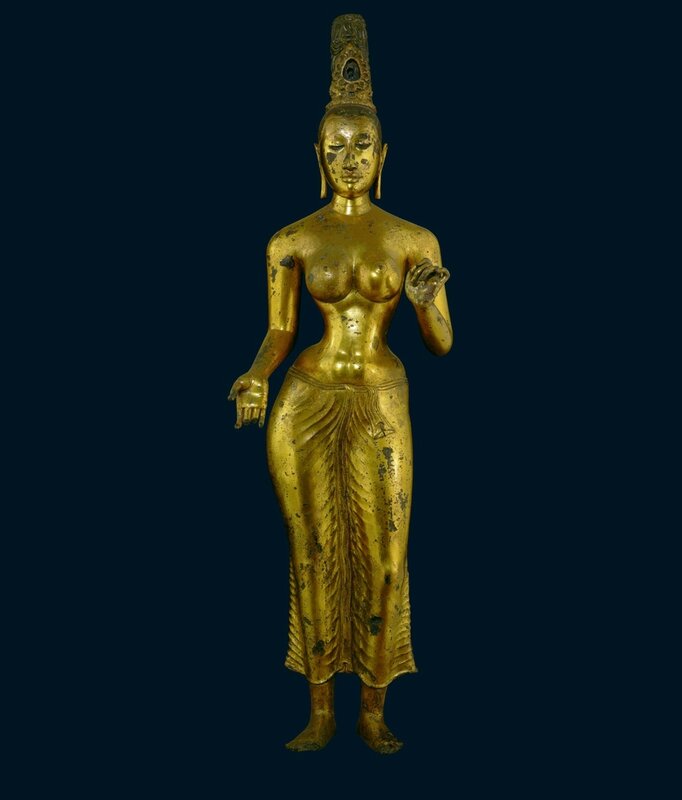

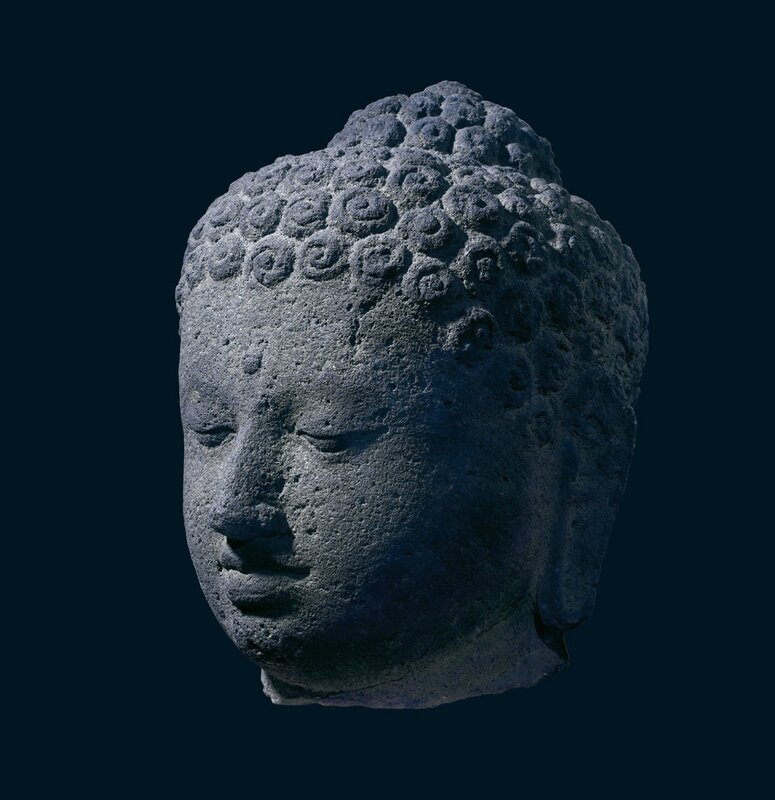
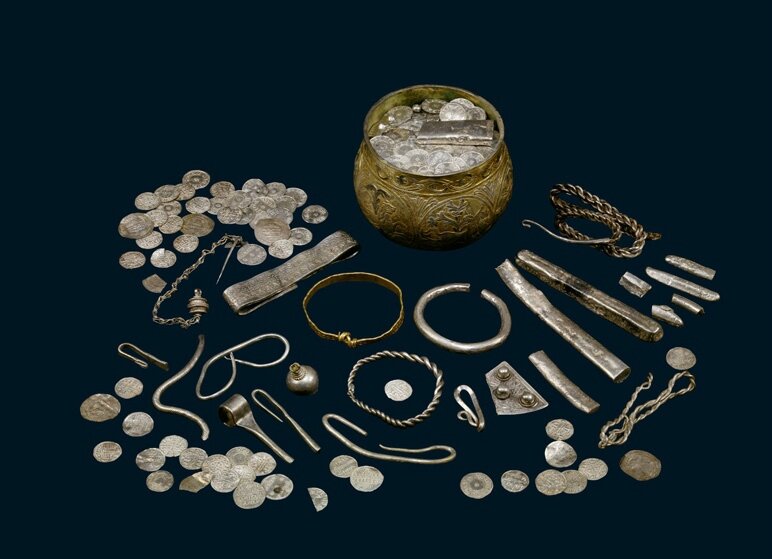
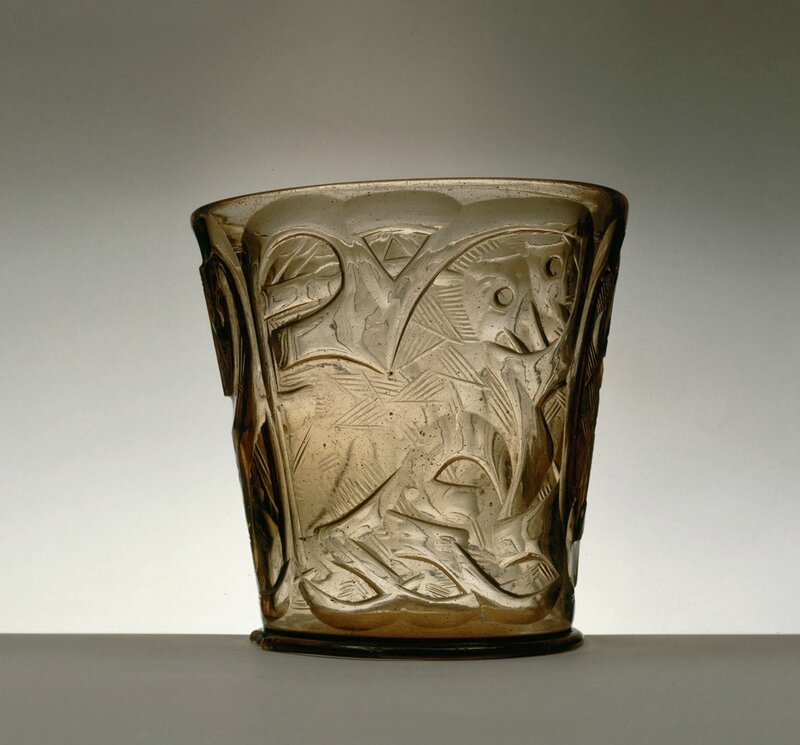
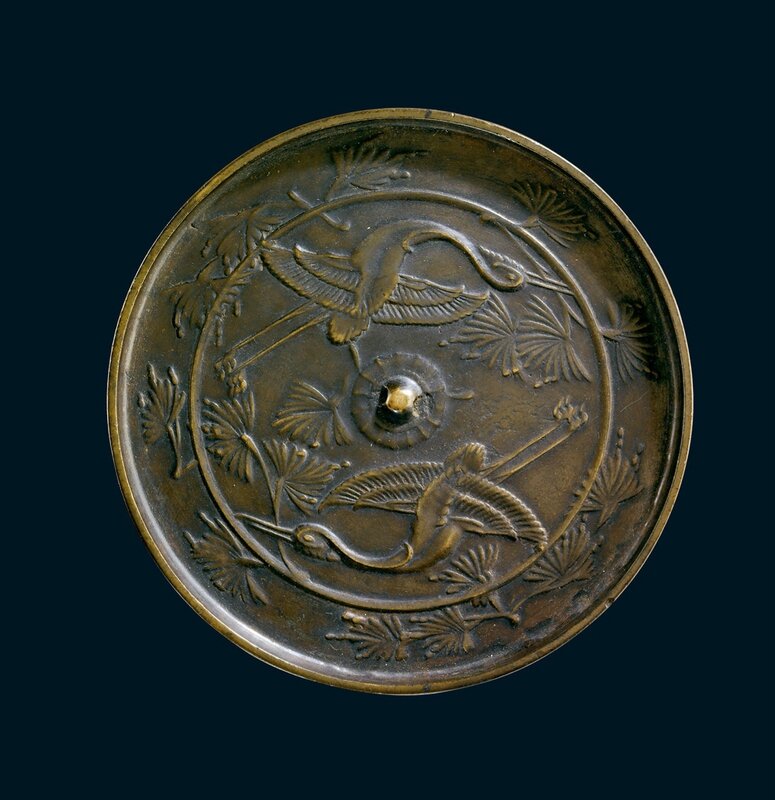
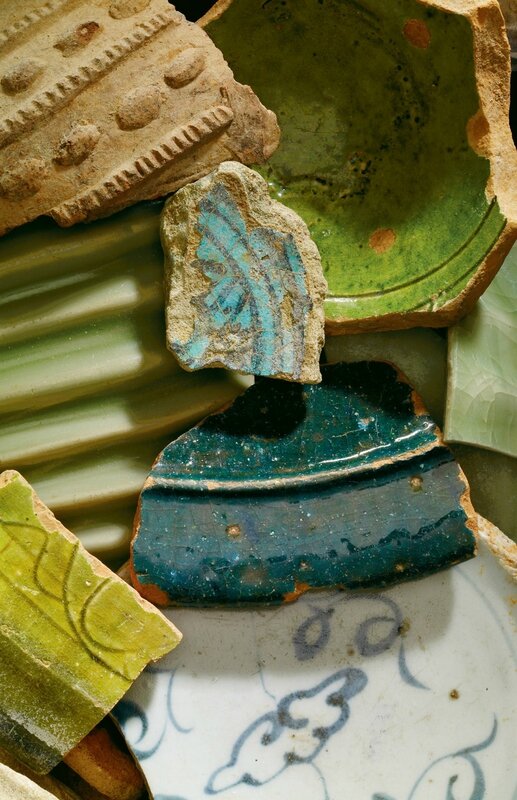


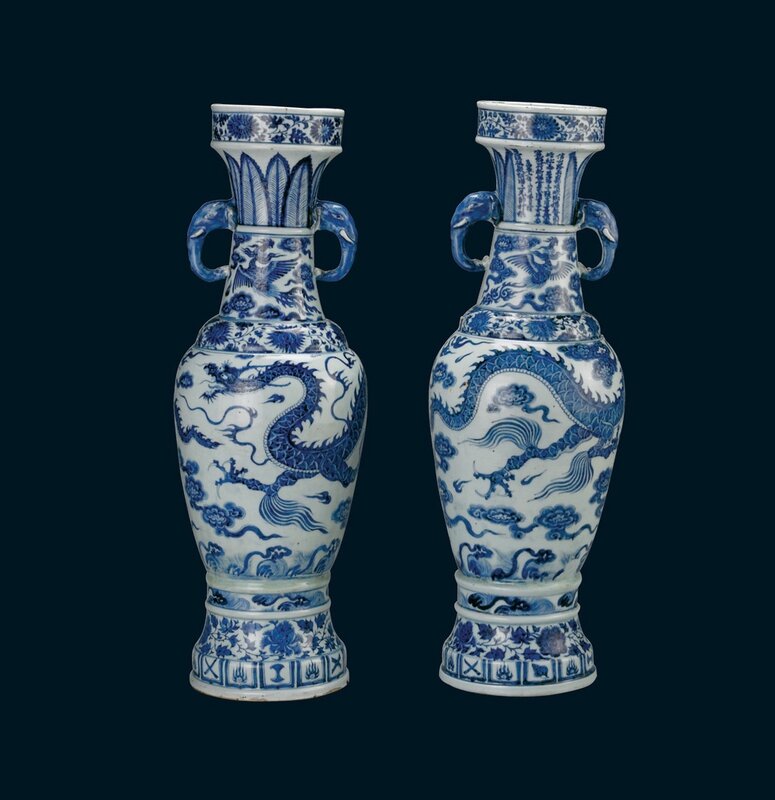


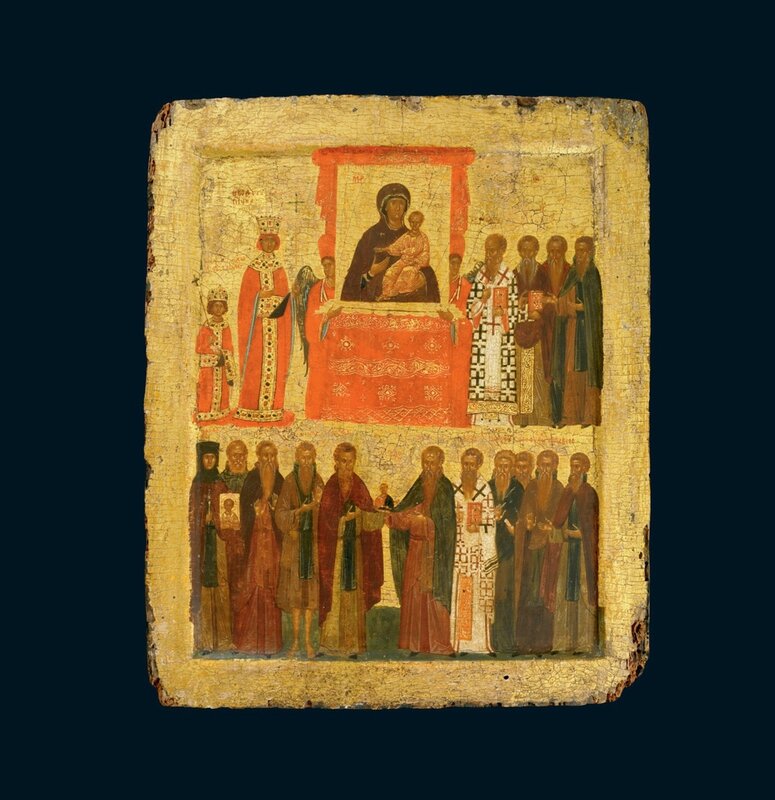

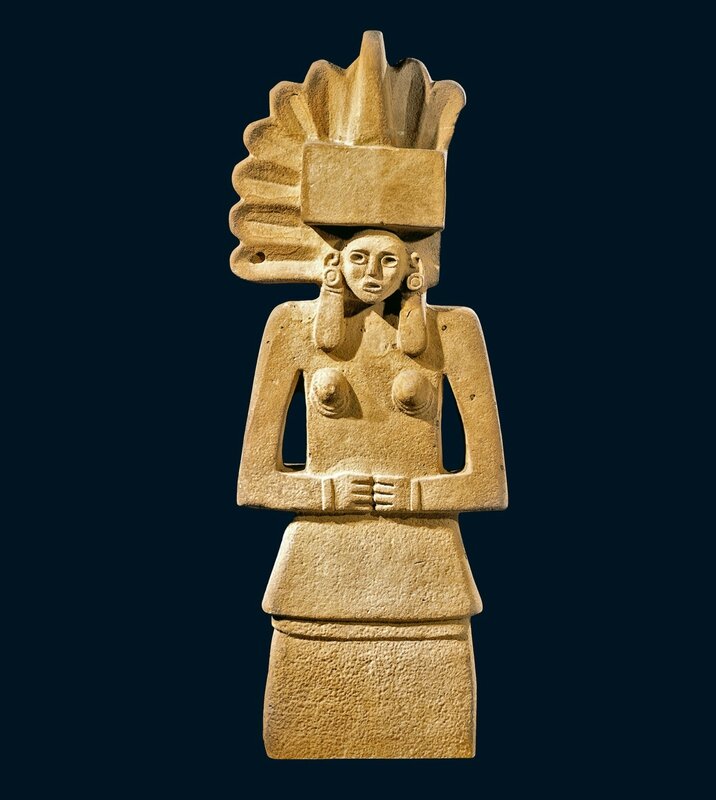

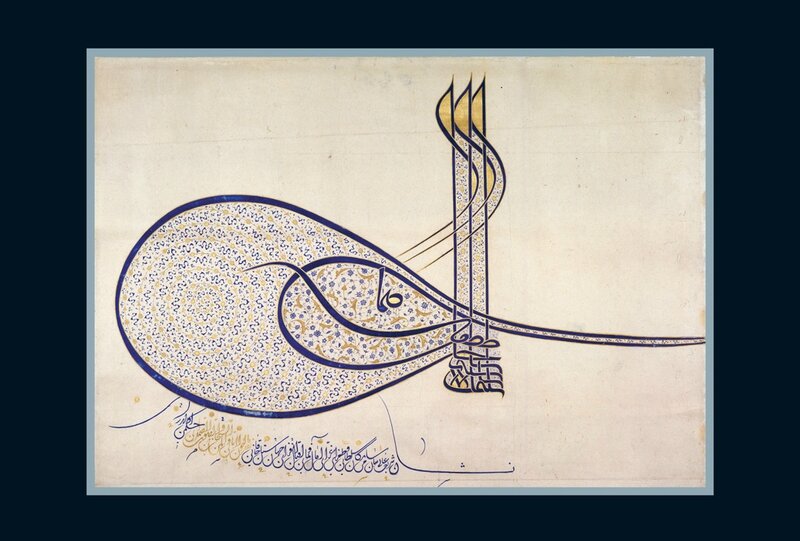
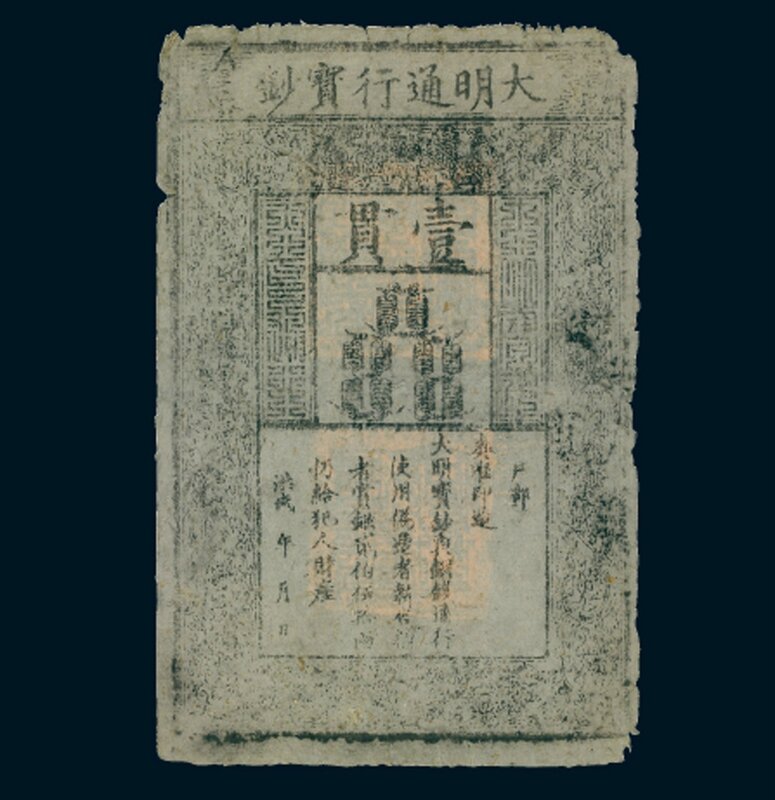

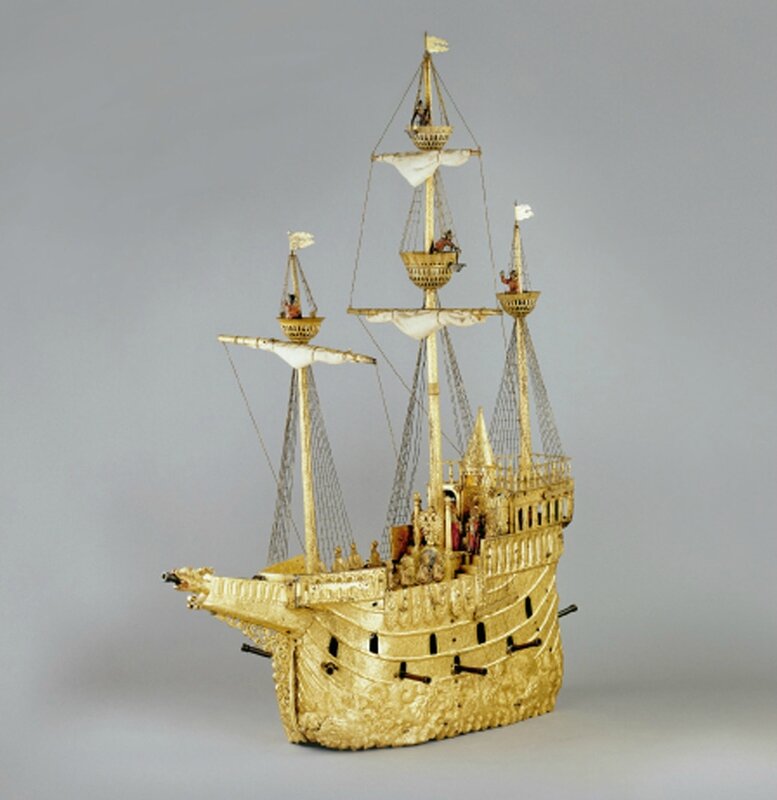
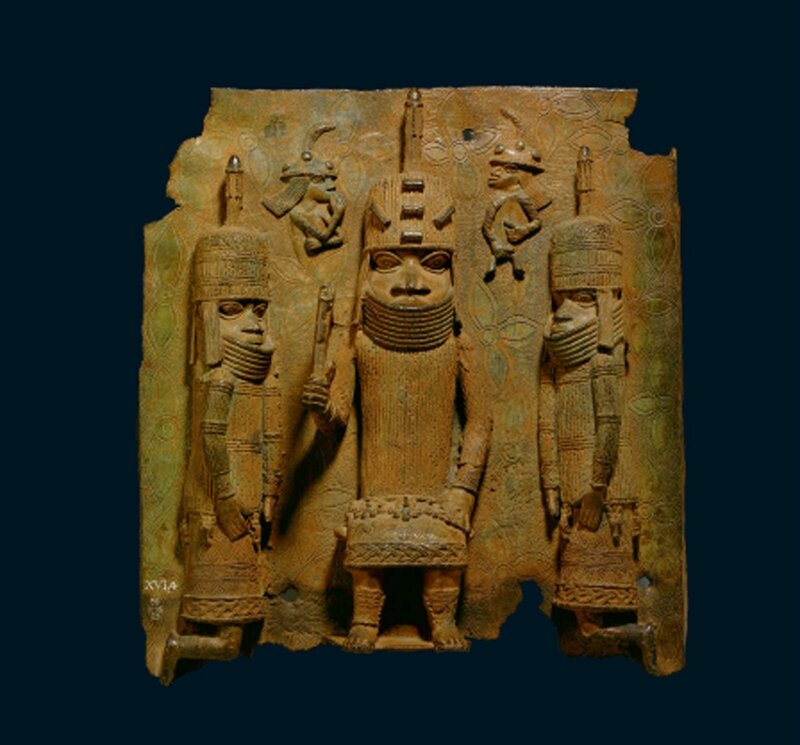
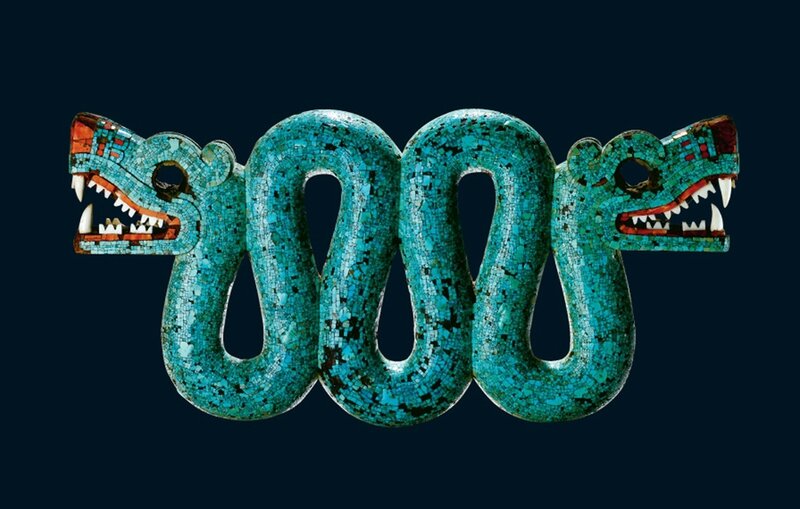
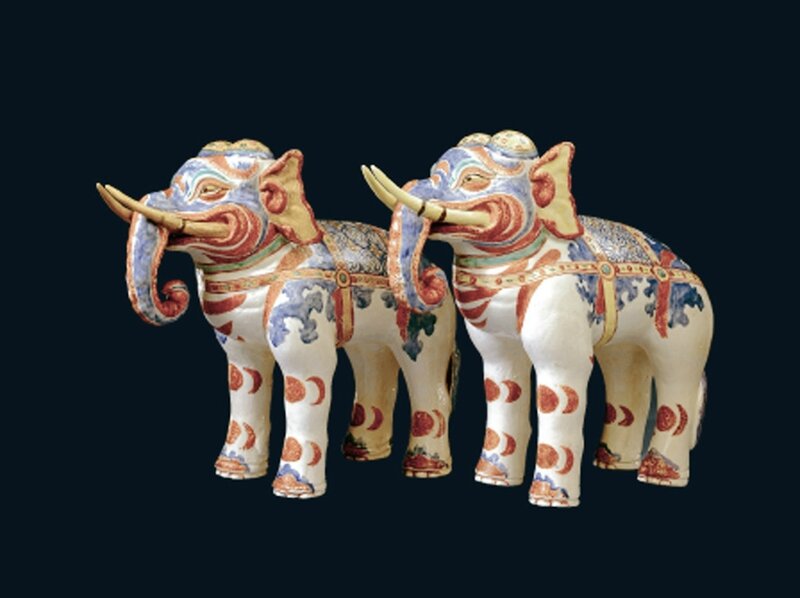
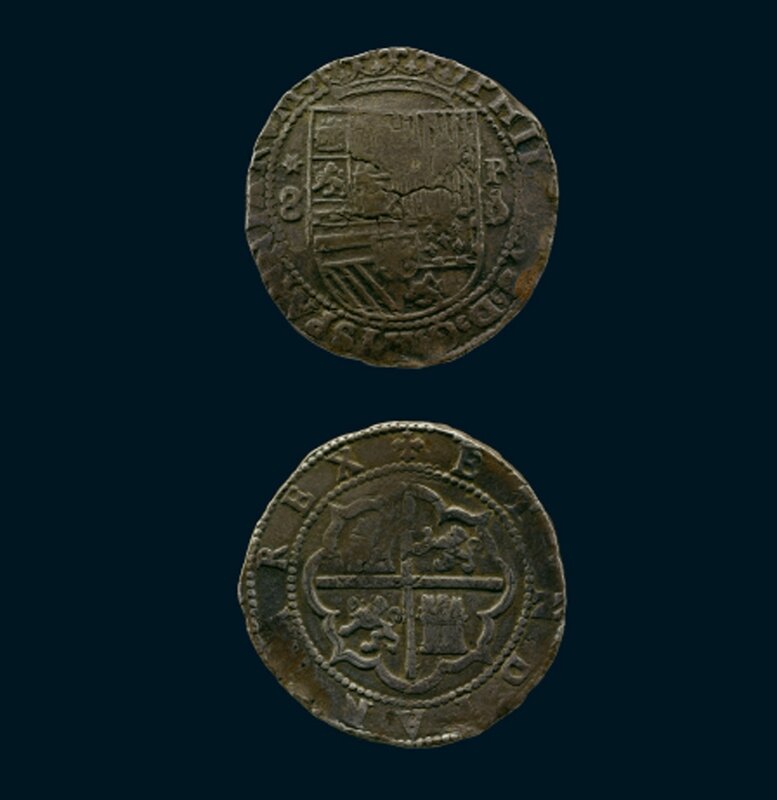



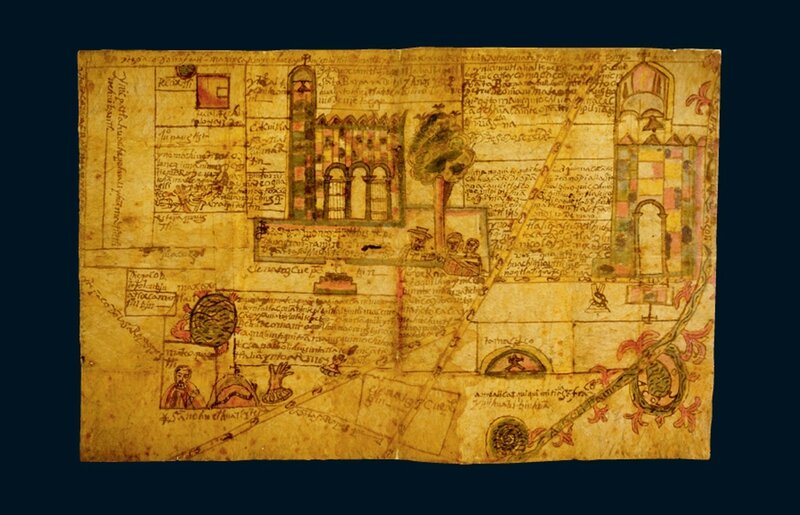




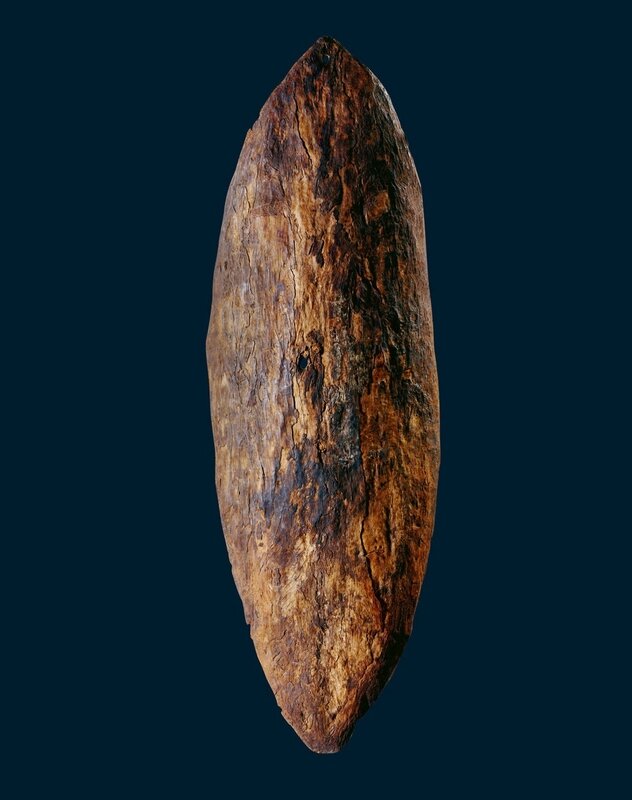

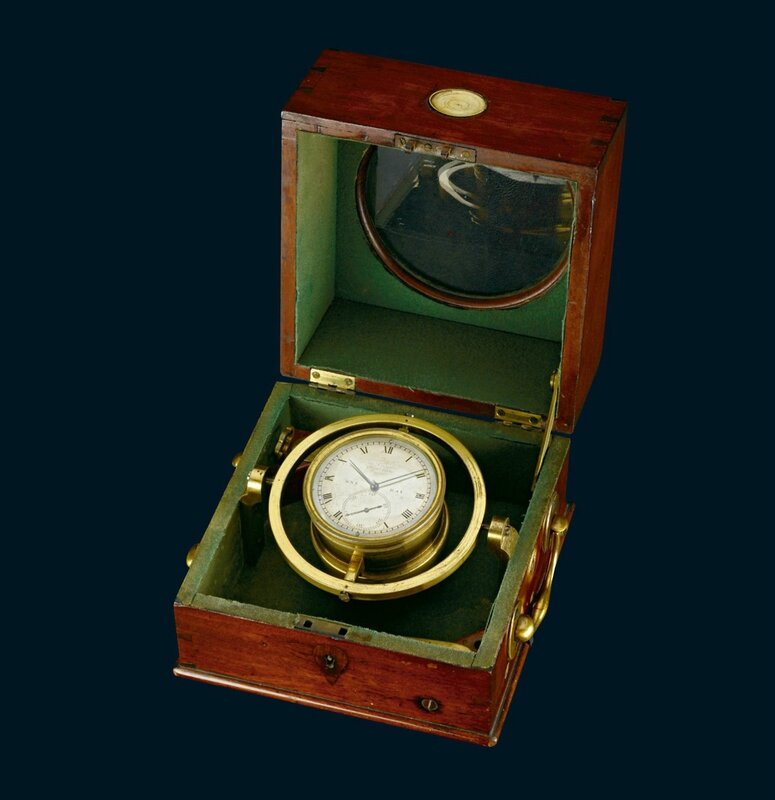

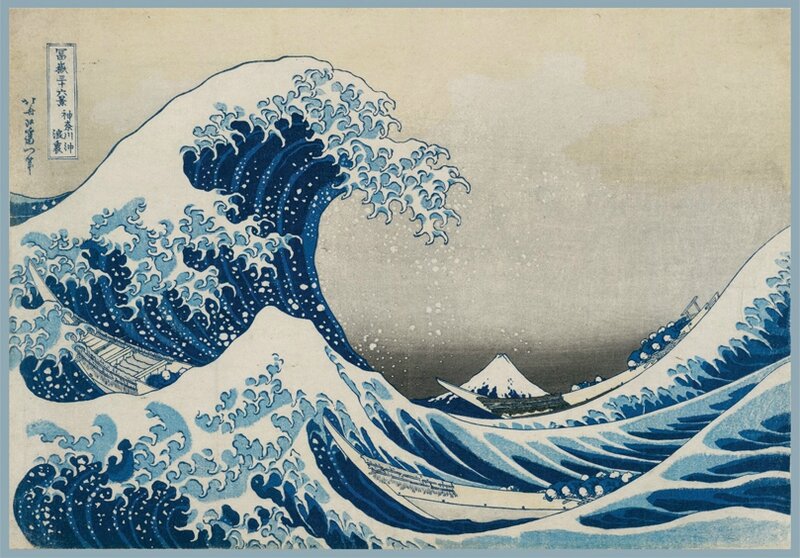
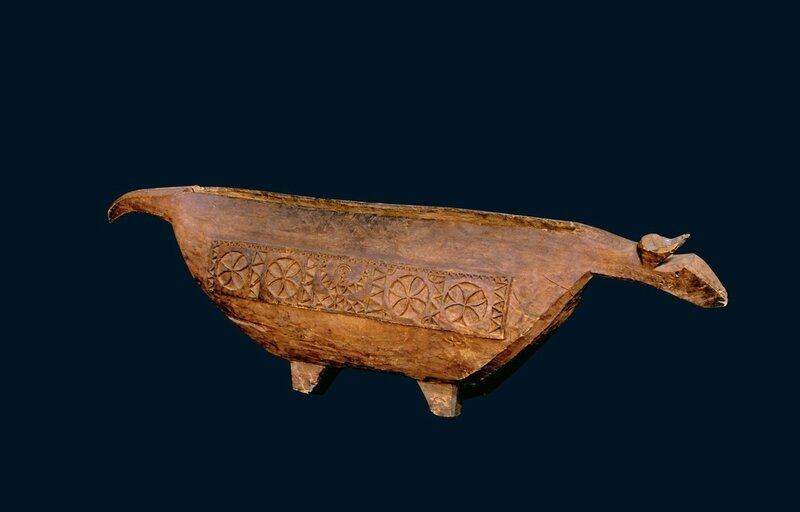
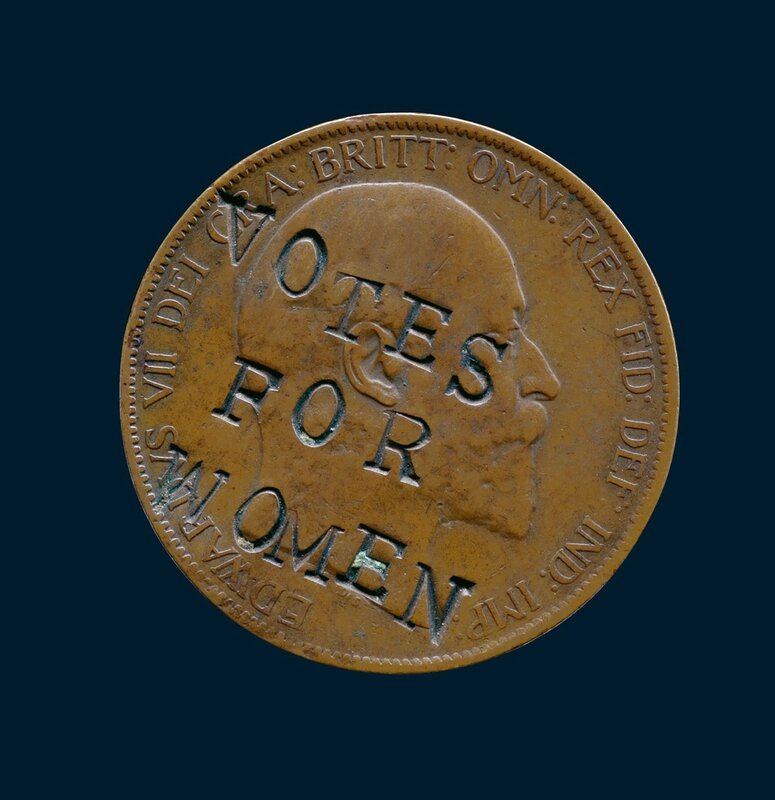
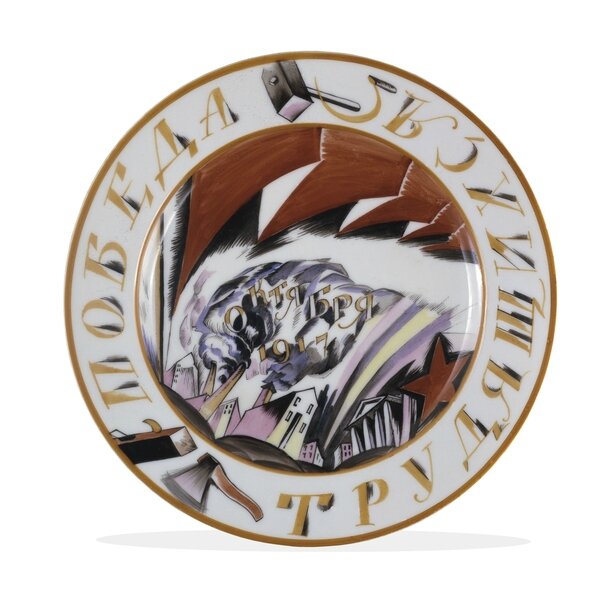
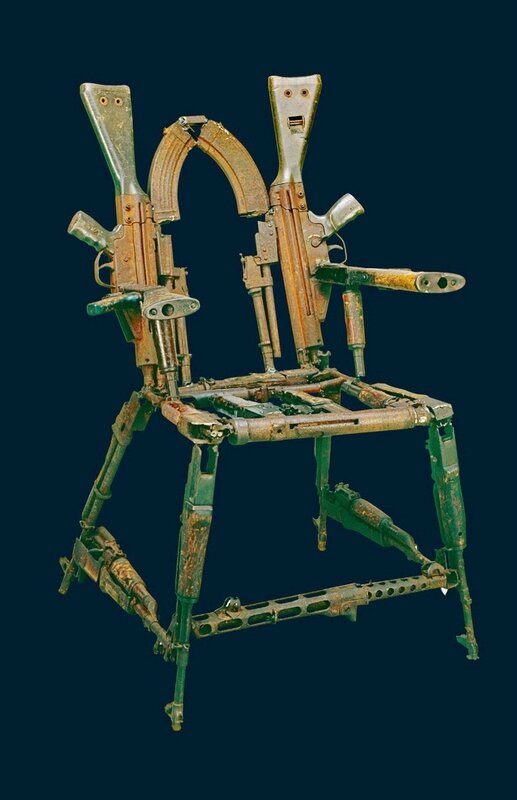


/image%2F1371349%2F20240324%2Fob_e3ecaa_1.jpg)
/image%2F1371349%2F20240324%2Fob_ef0abf_1.jpg)
/image%2F1371349%2F20240324%2Fob_64049b_1.jpg)
/image%2F1371349%2F20240324%2Fob_a0994e_1.jpg)